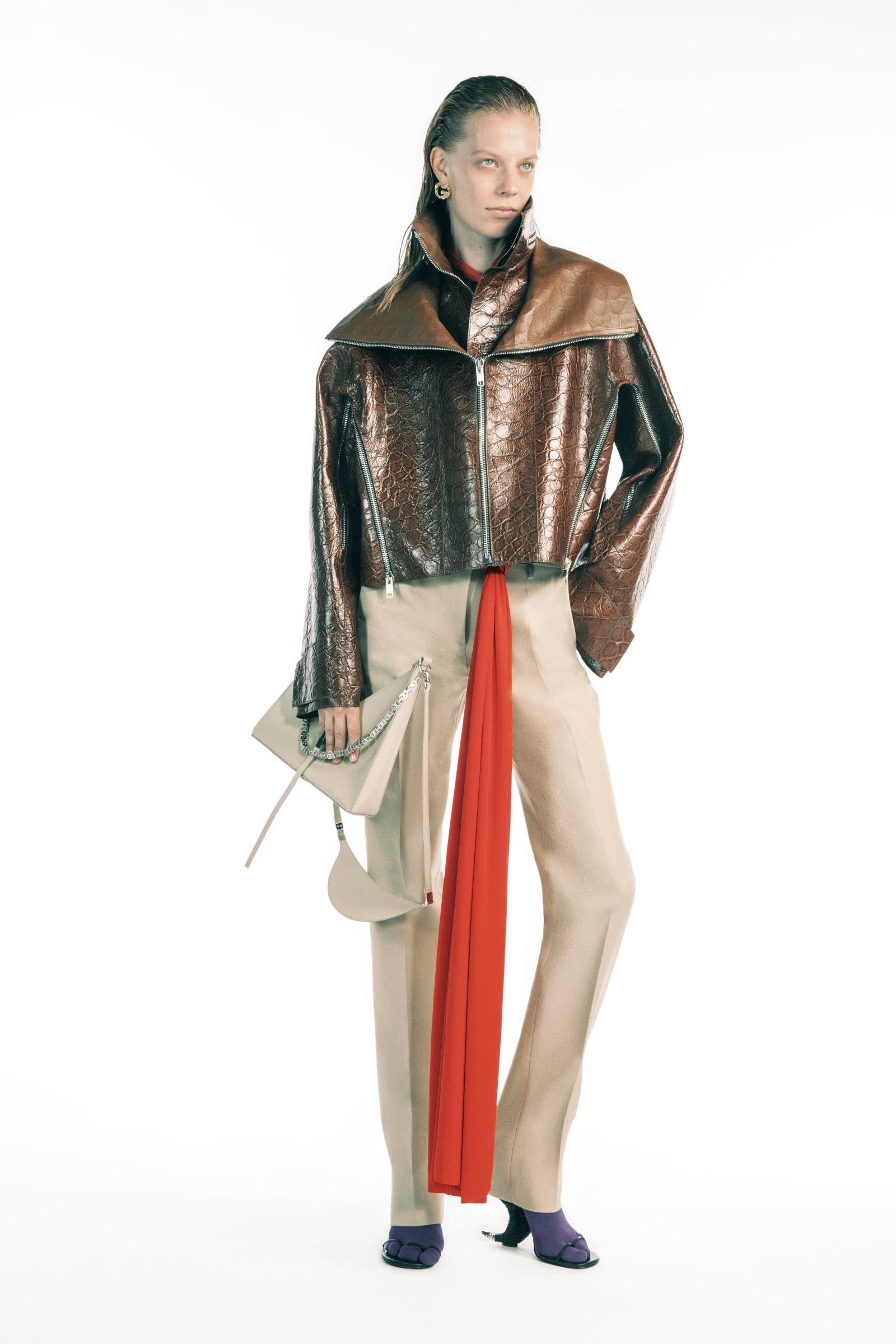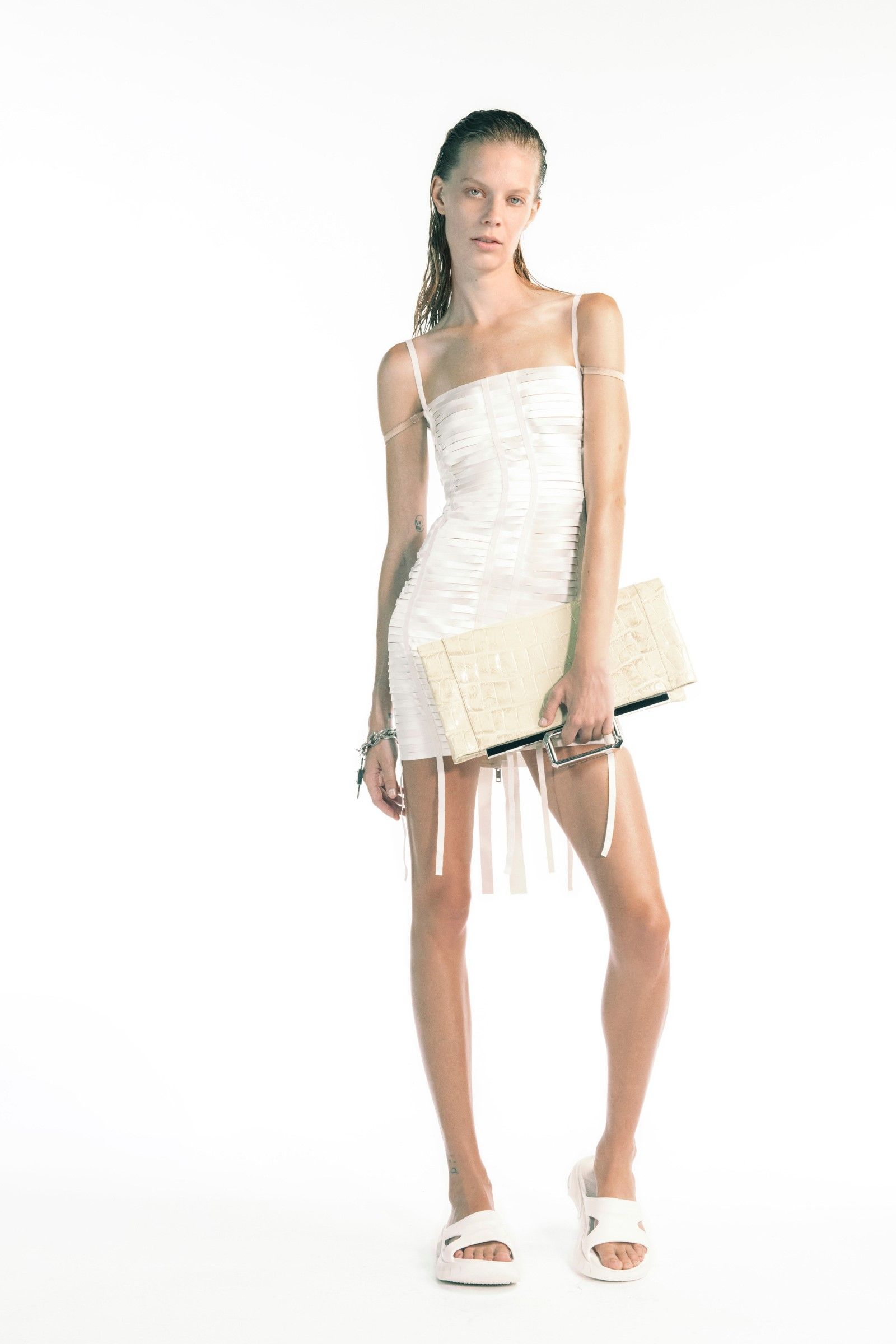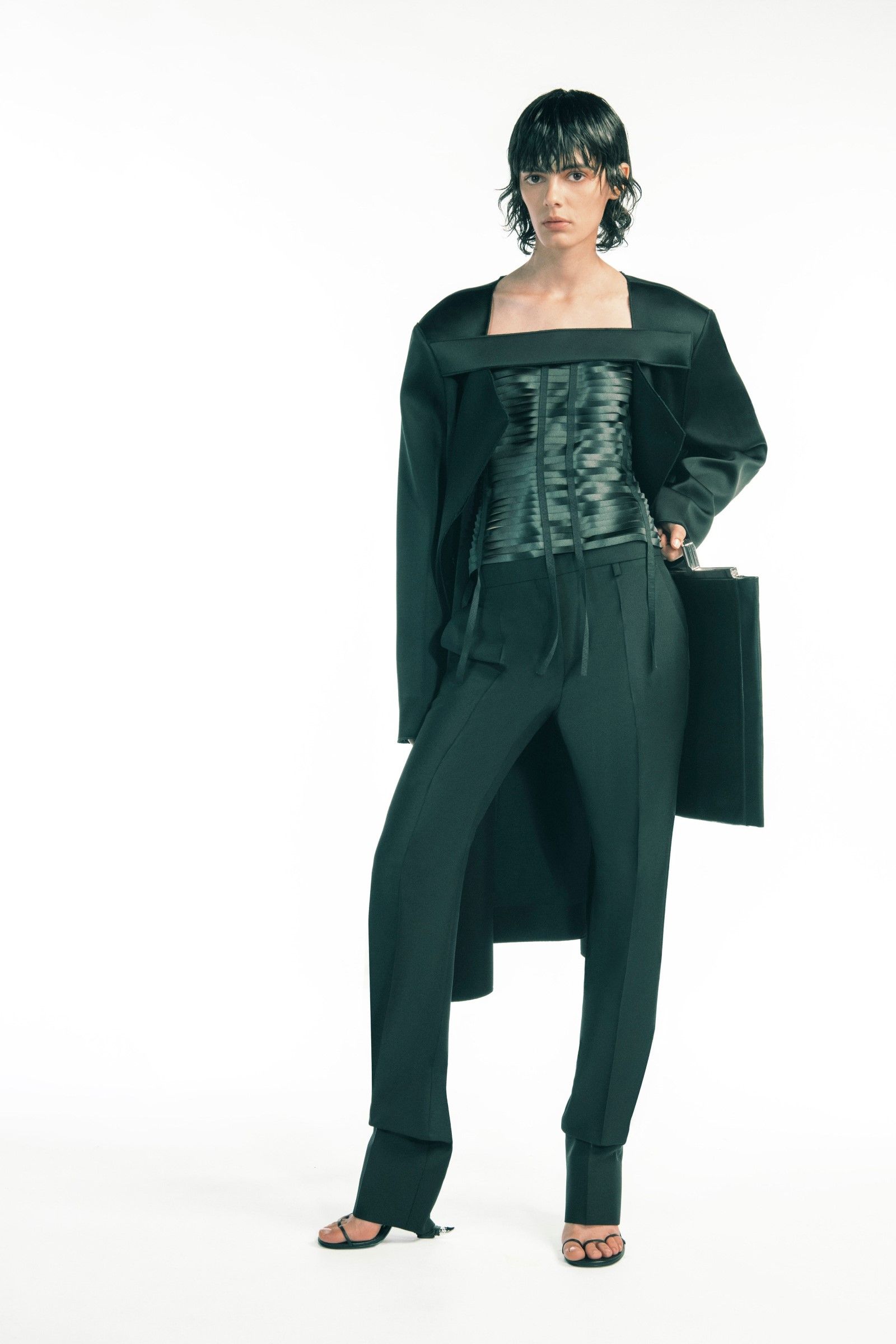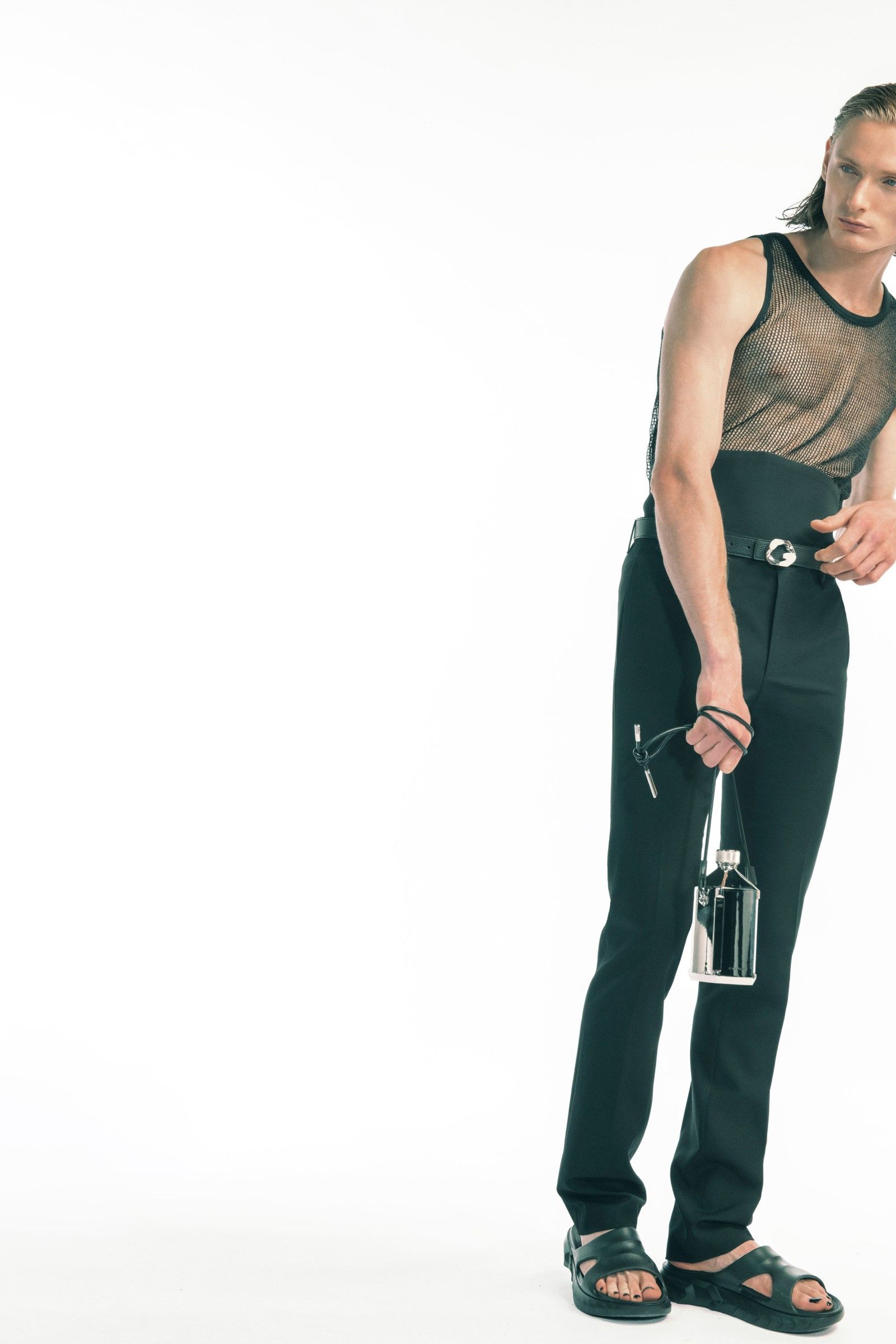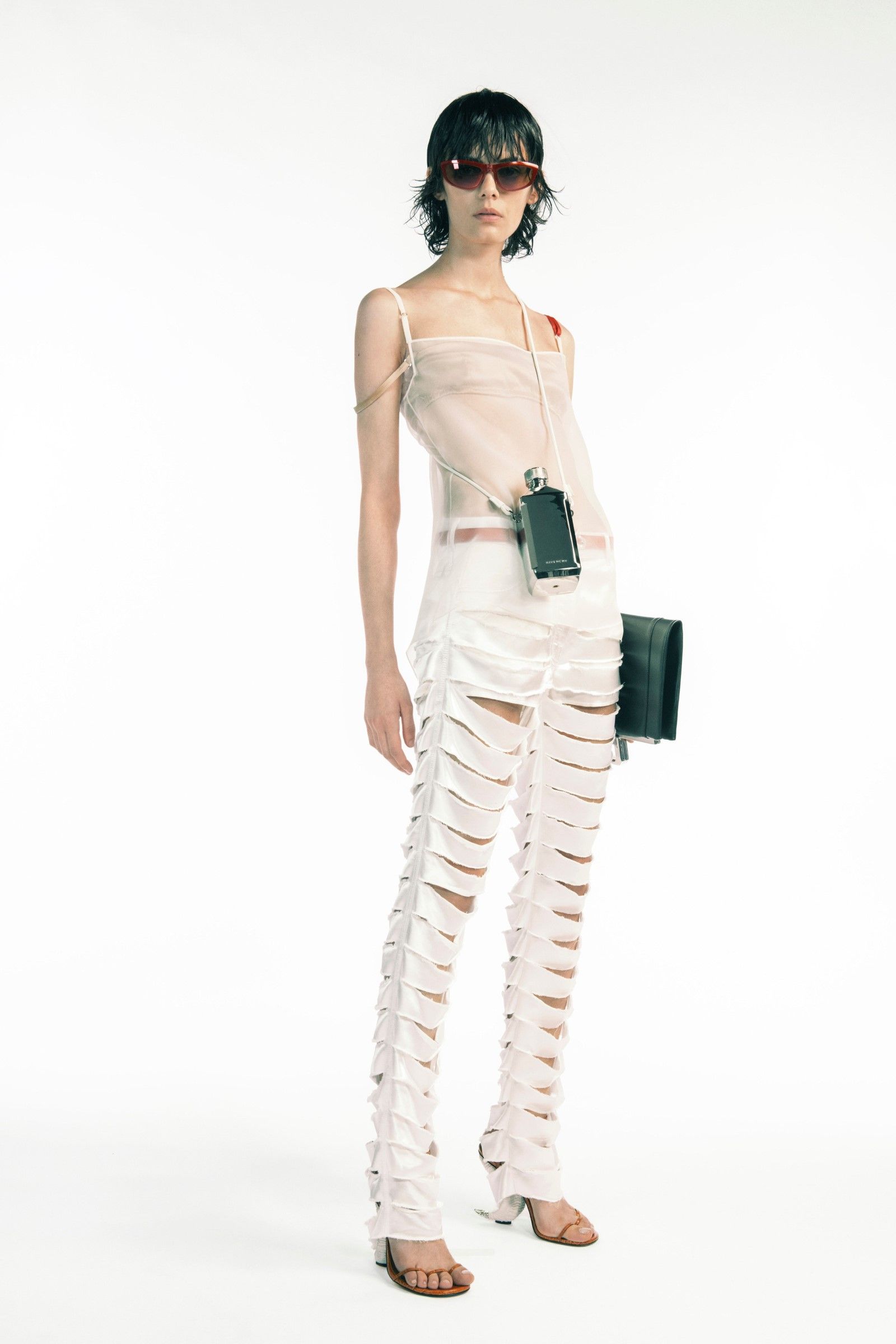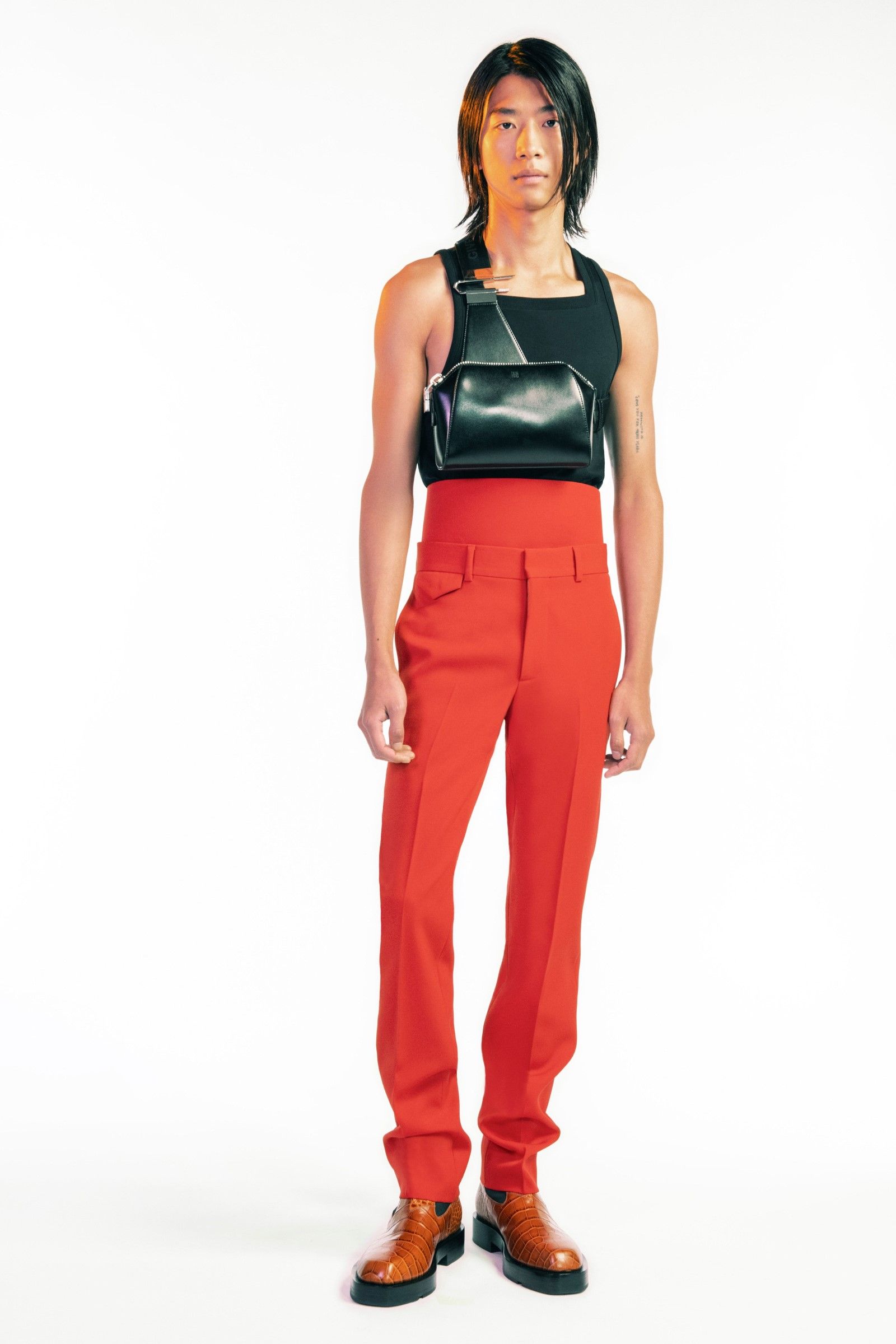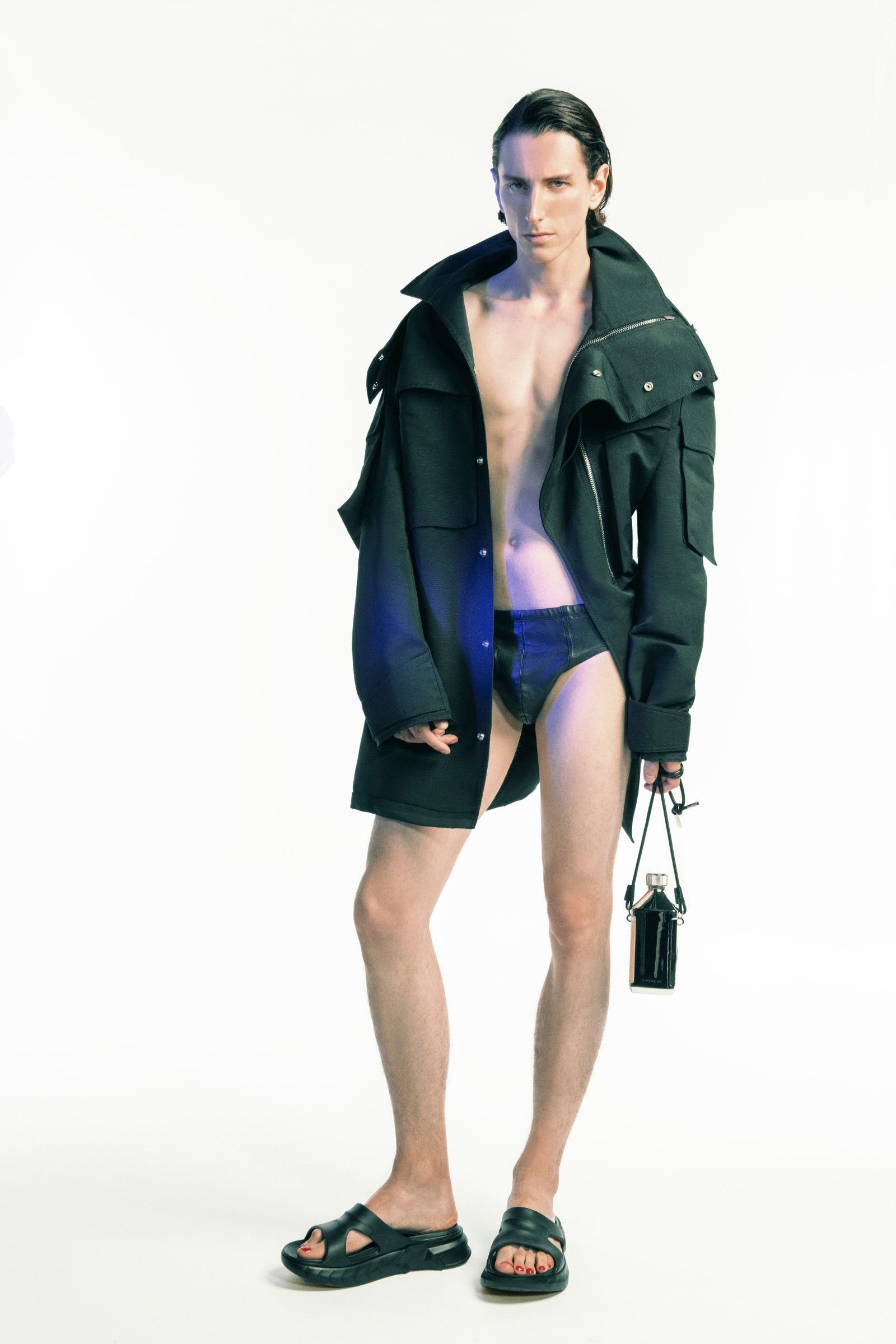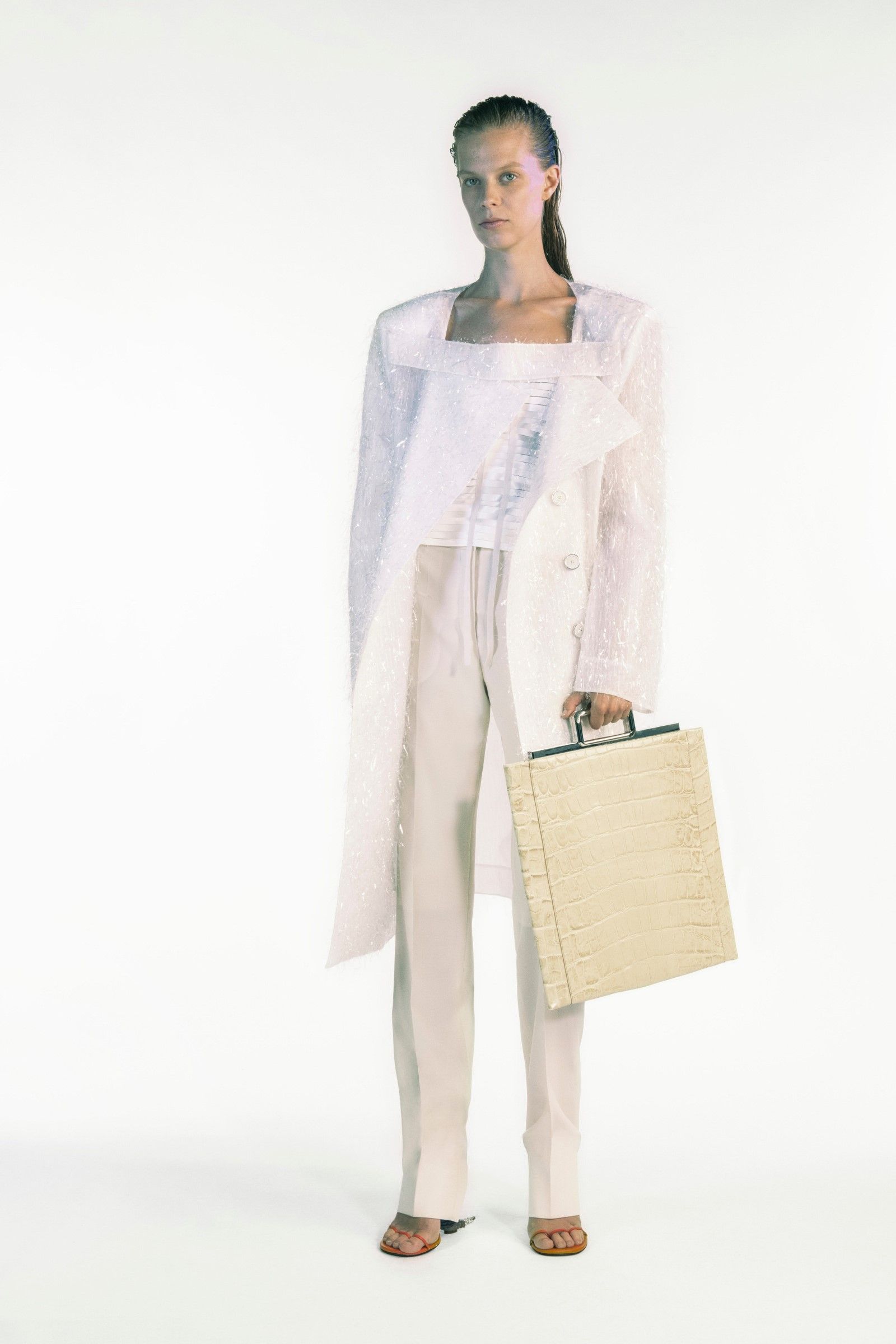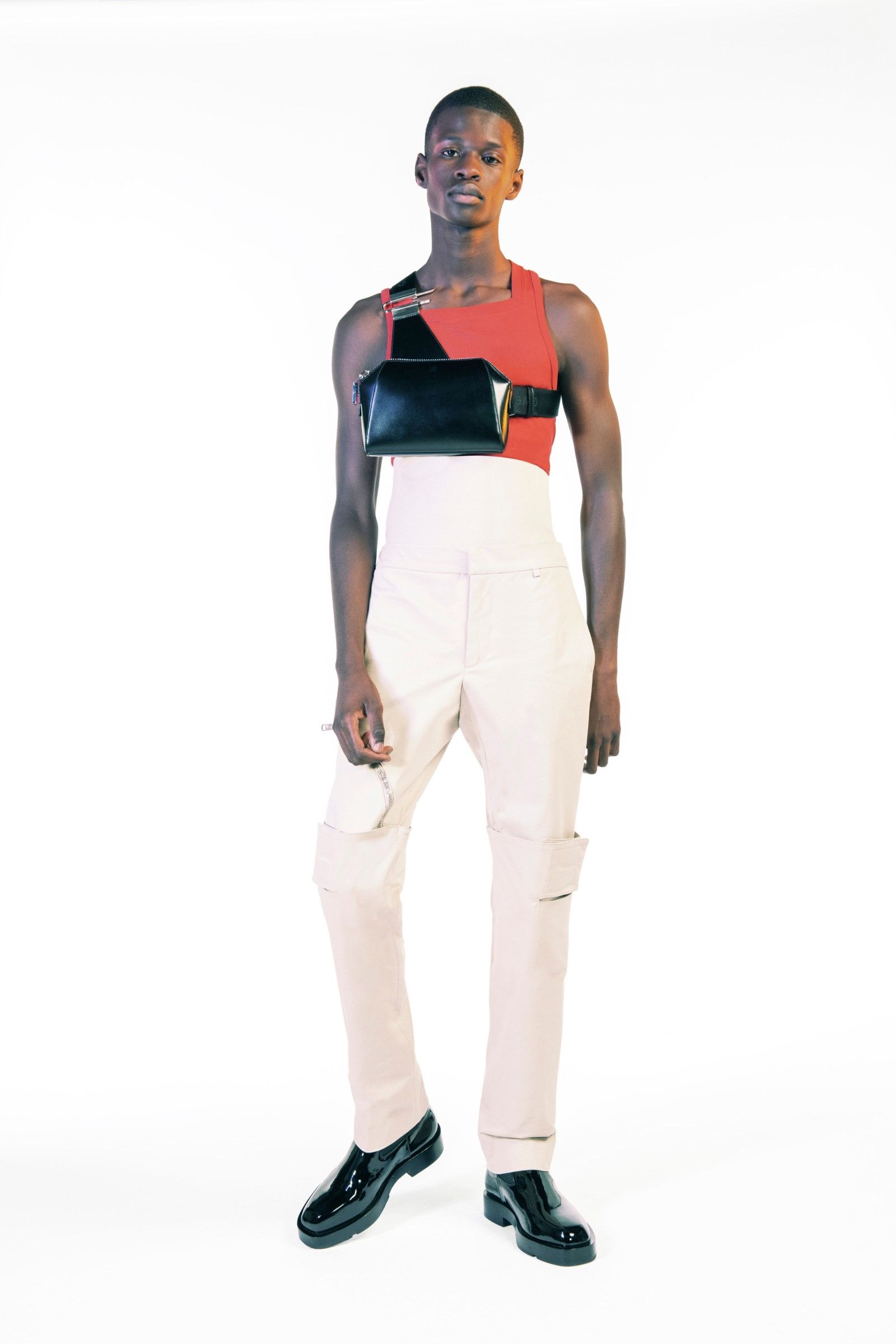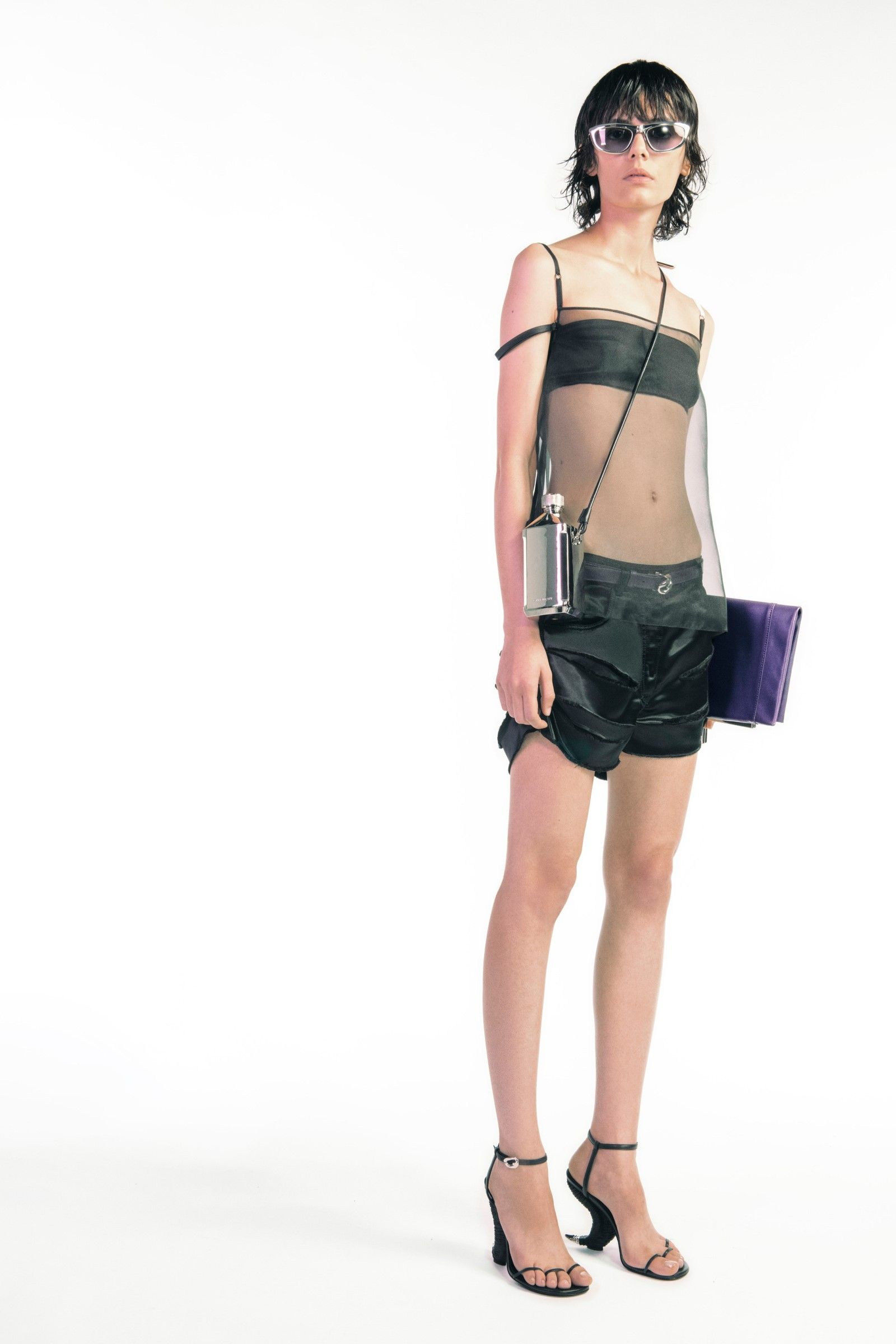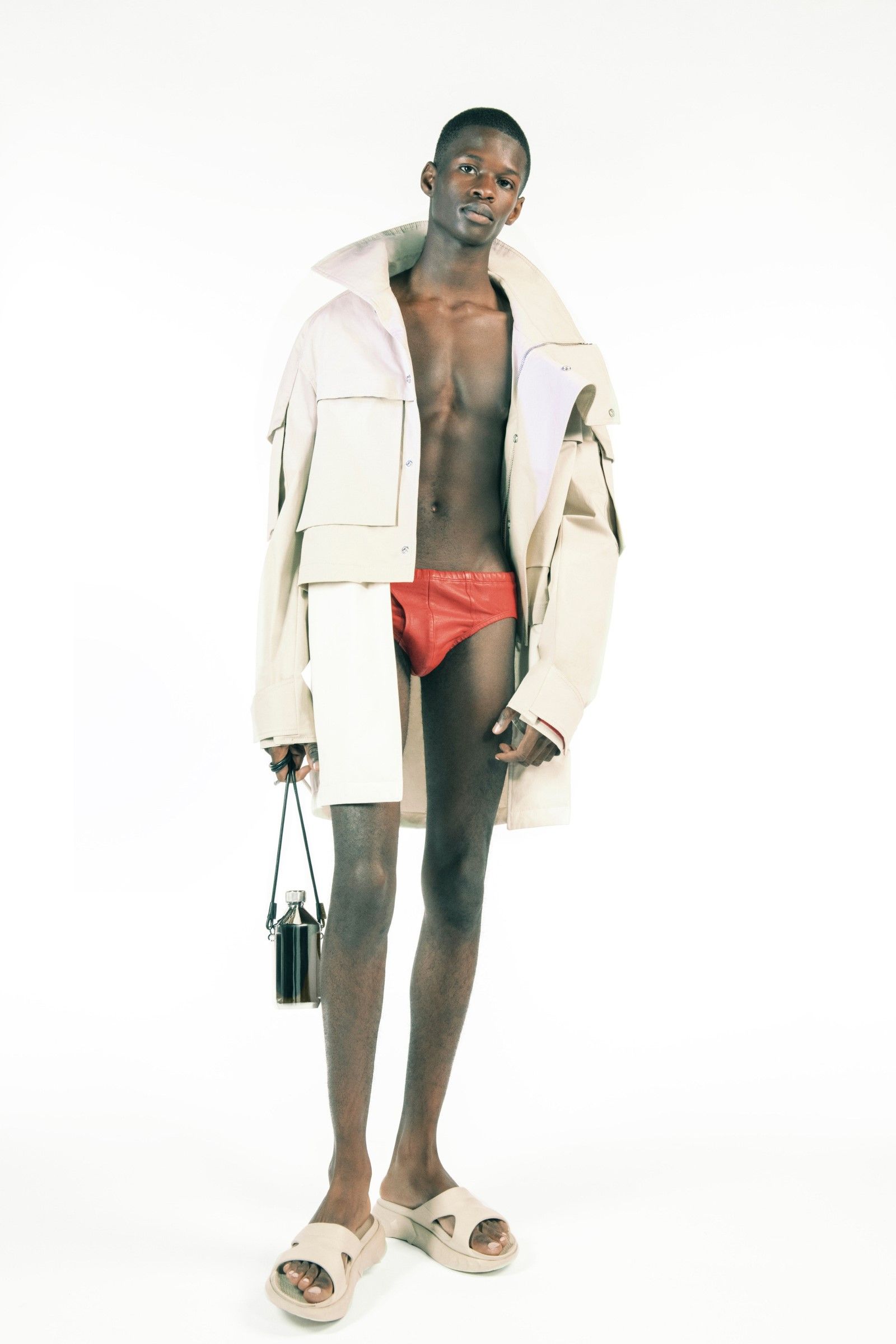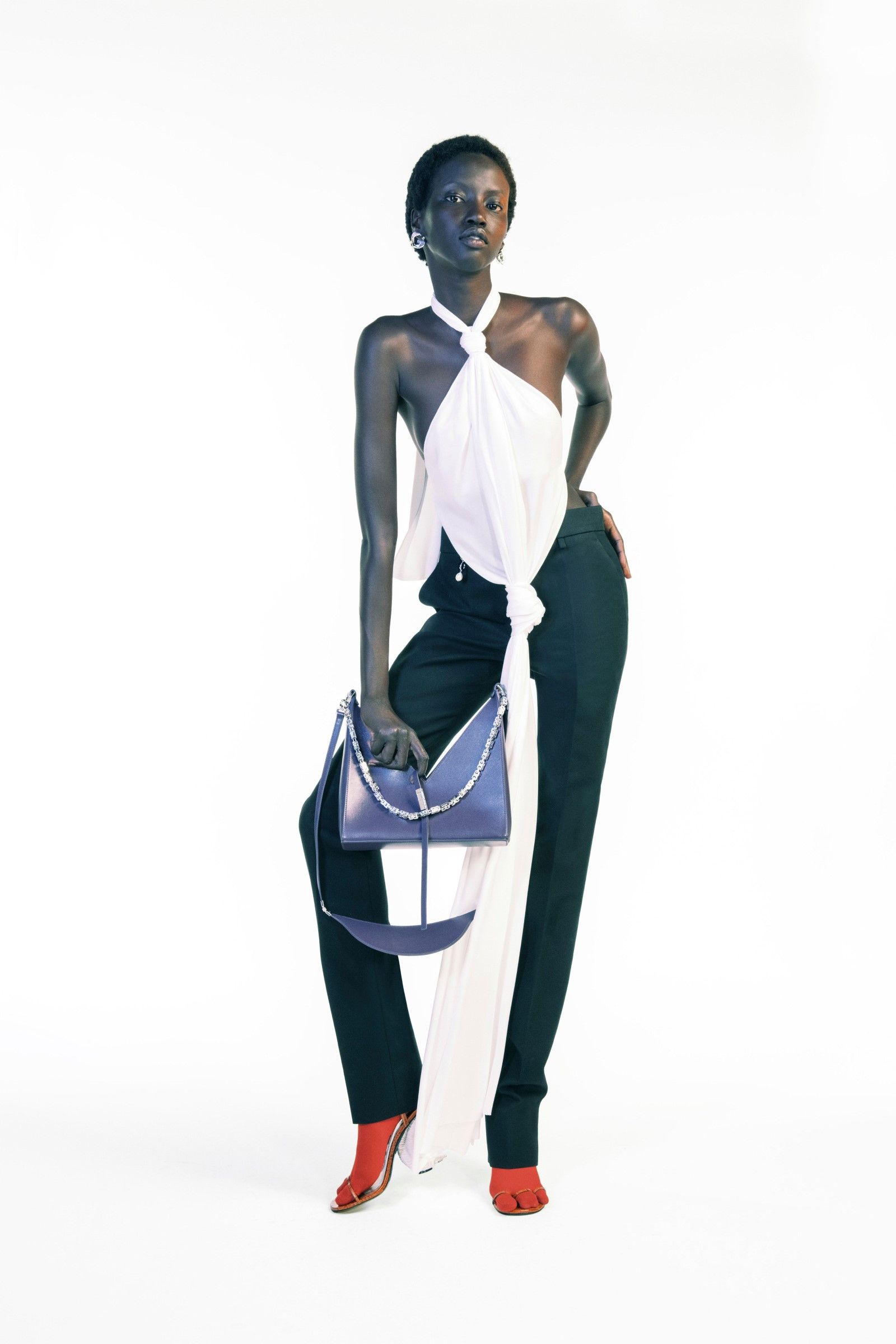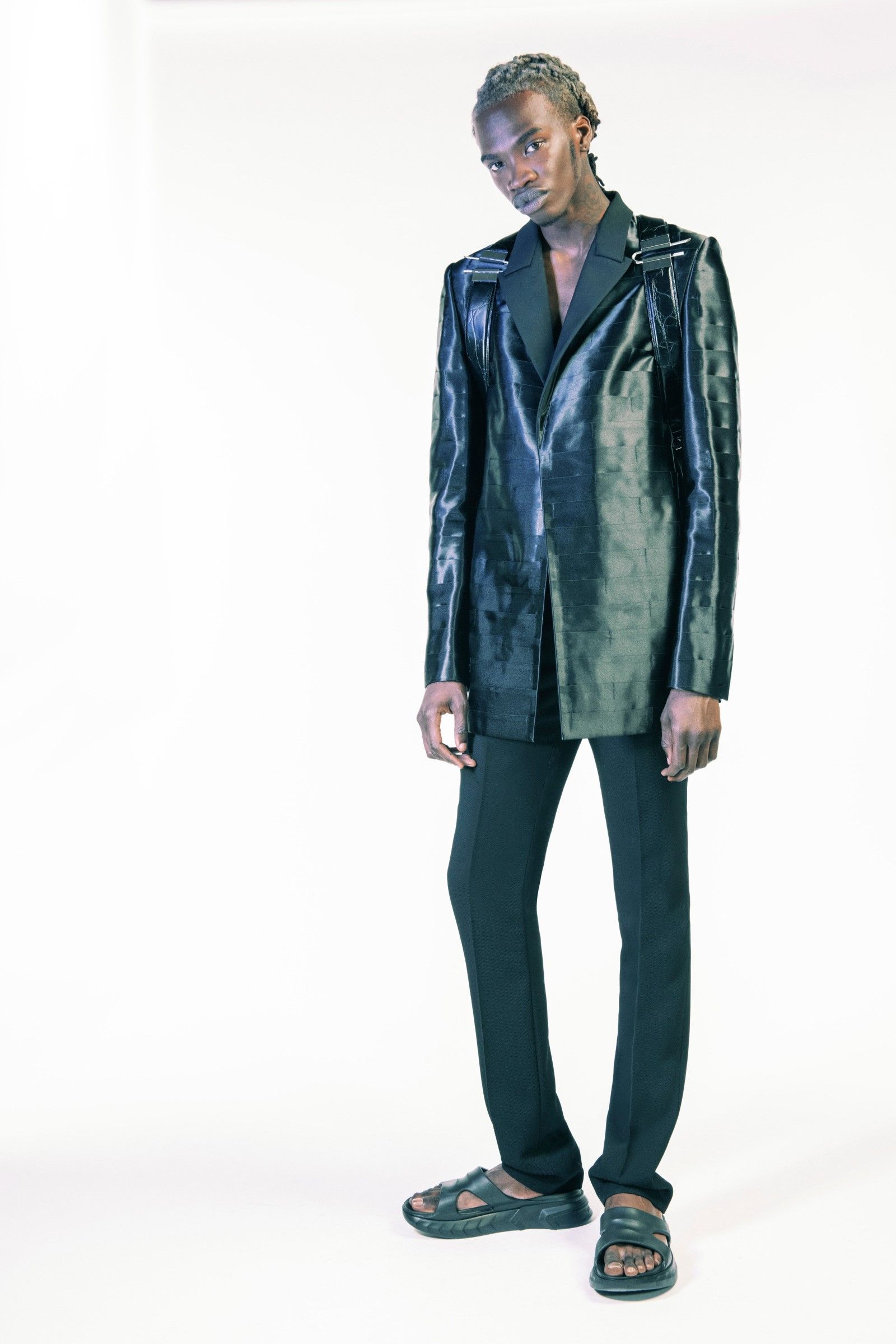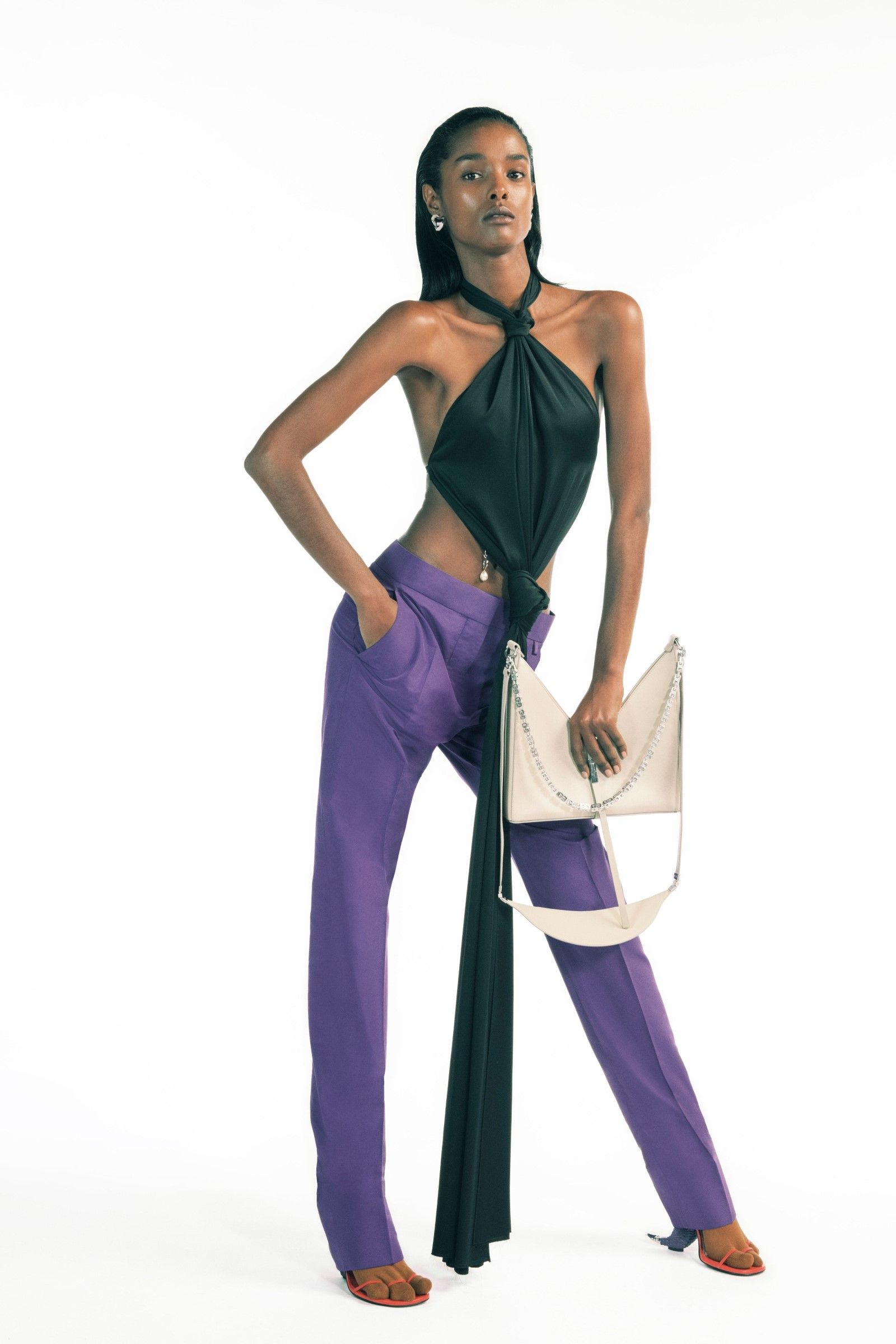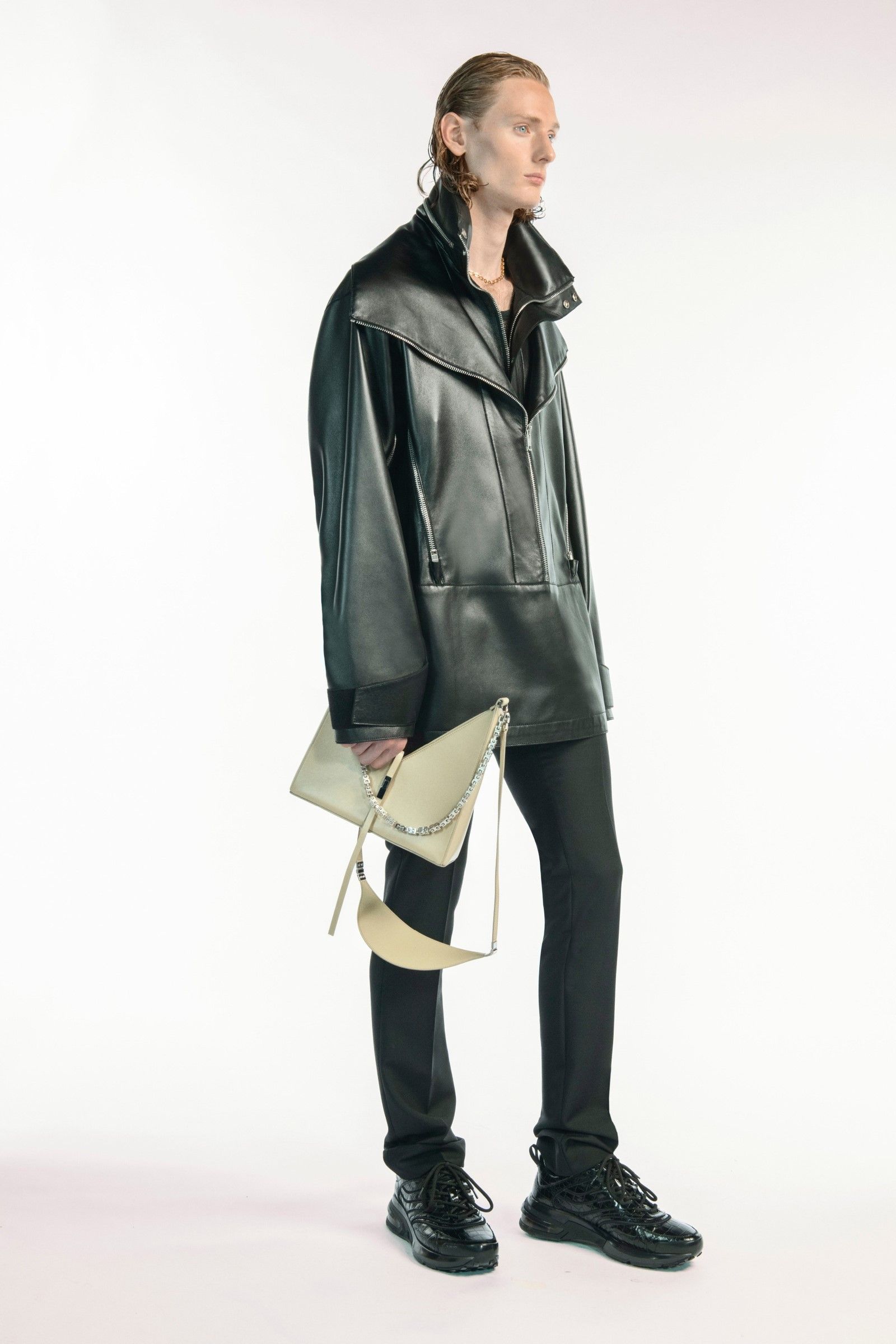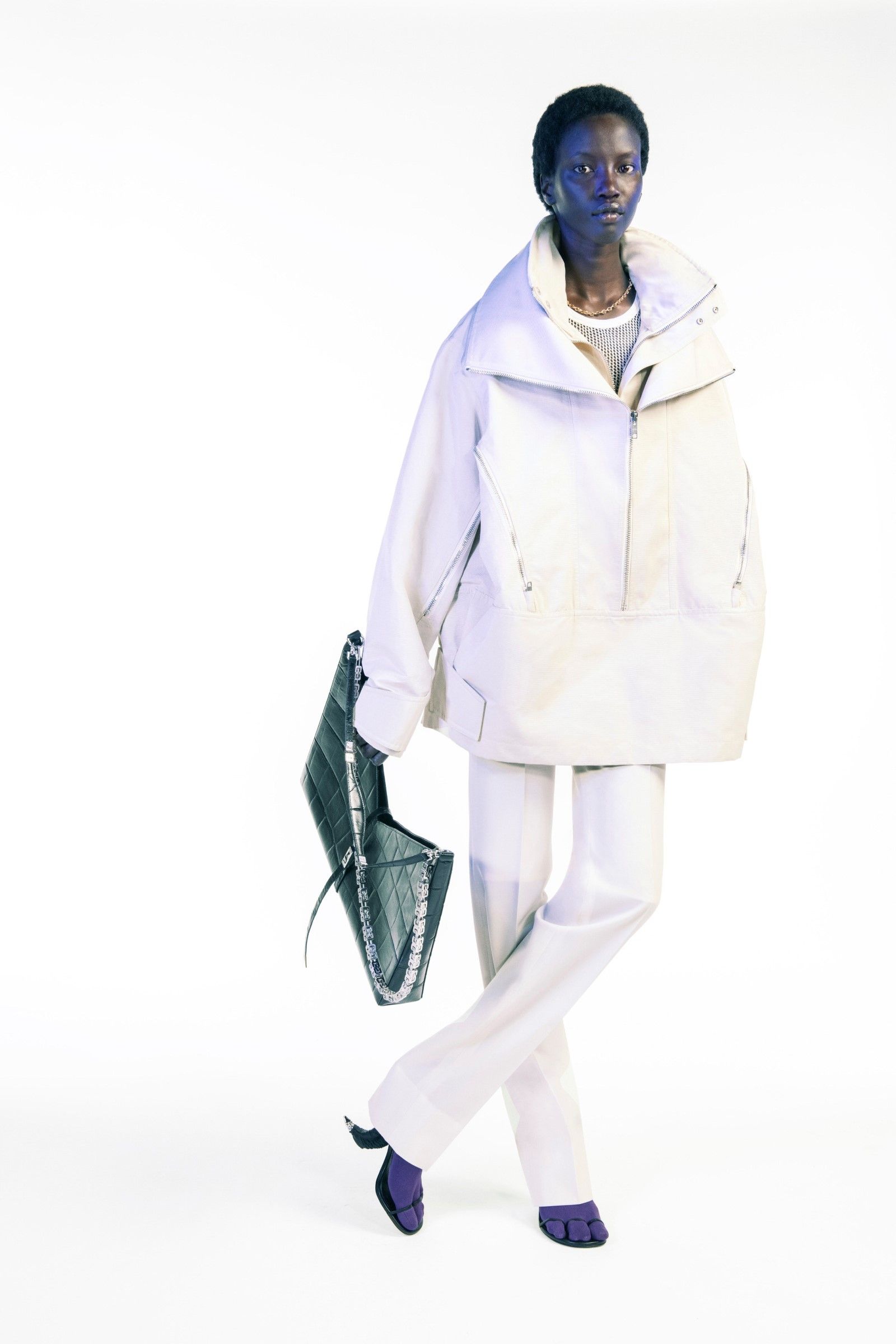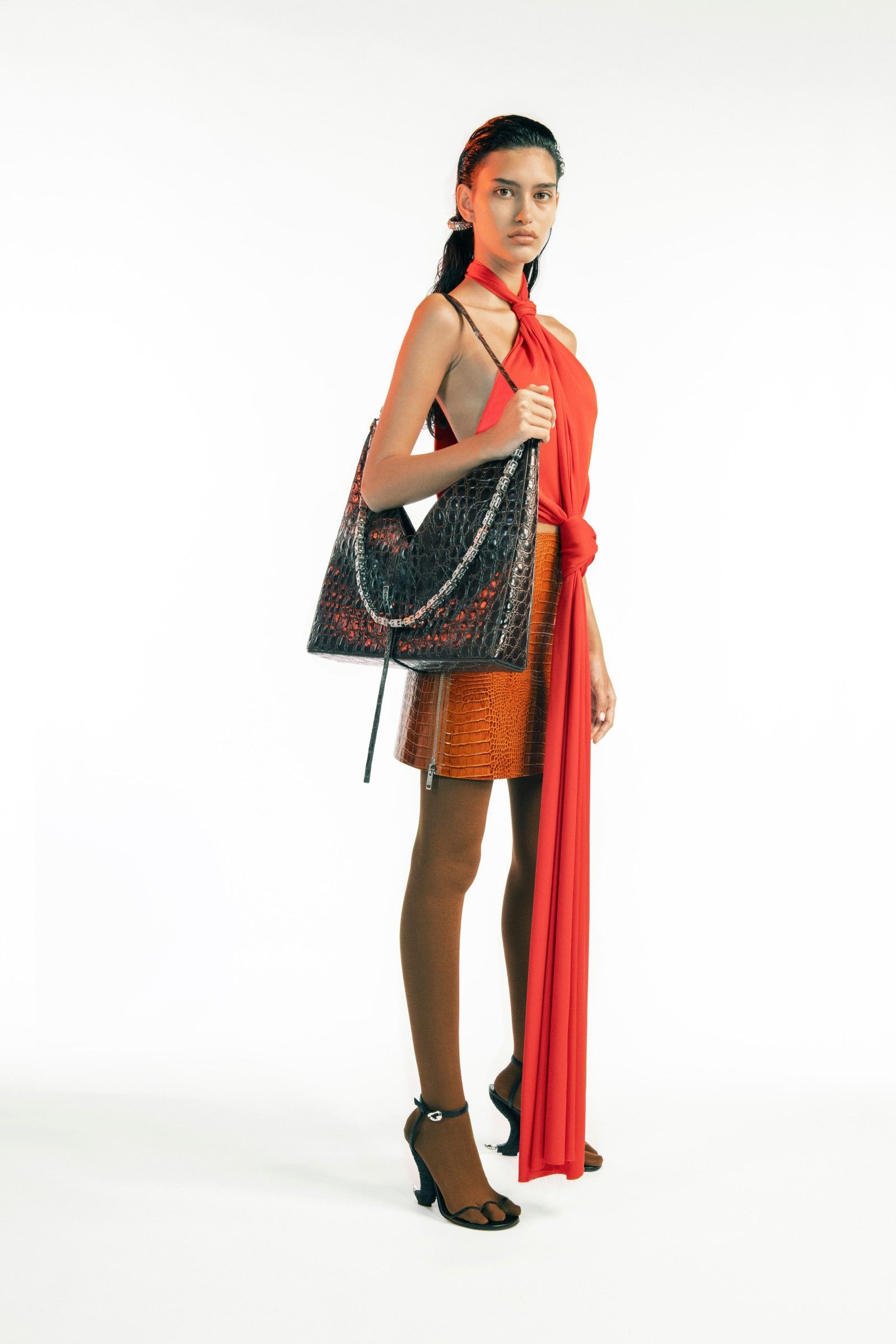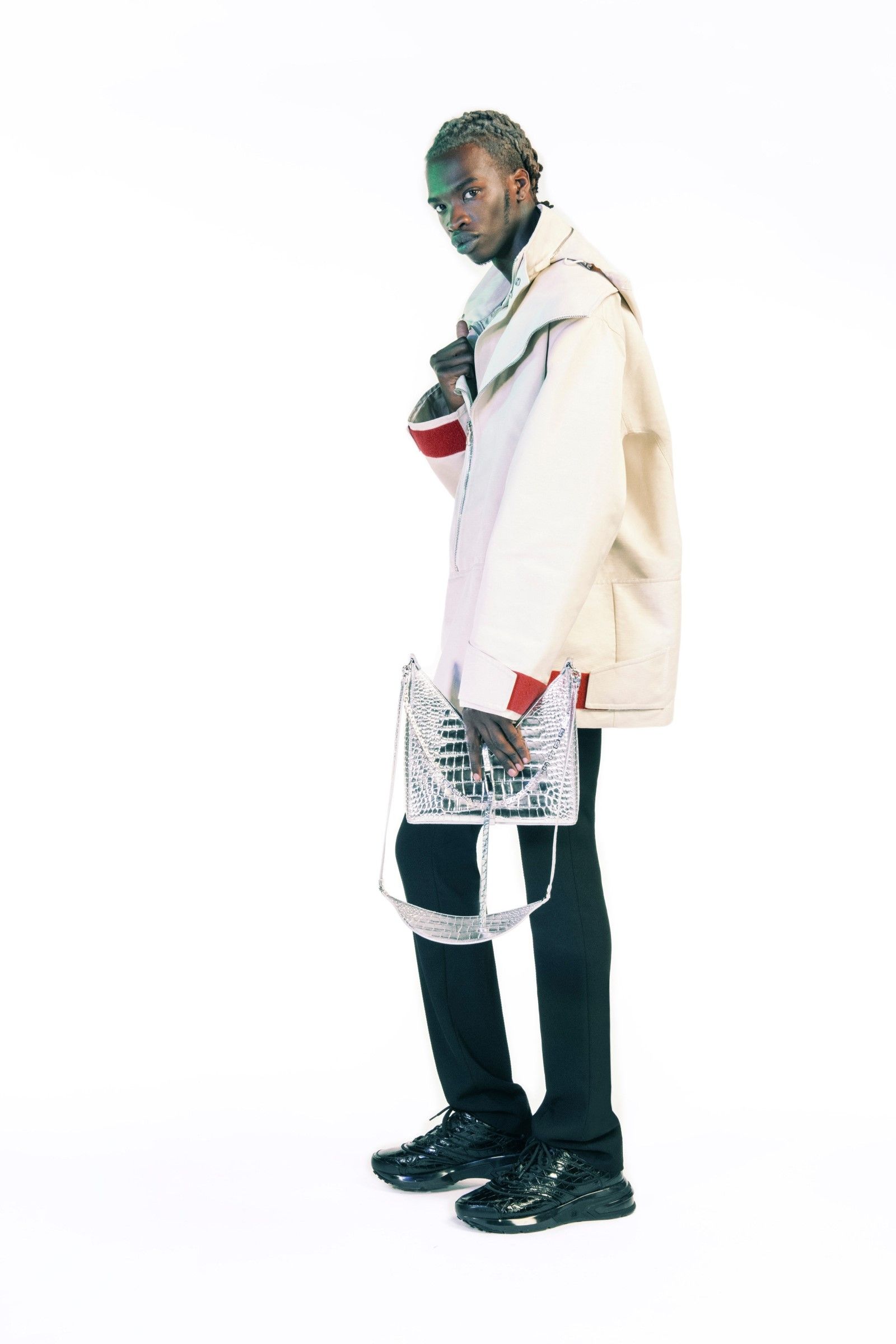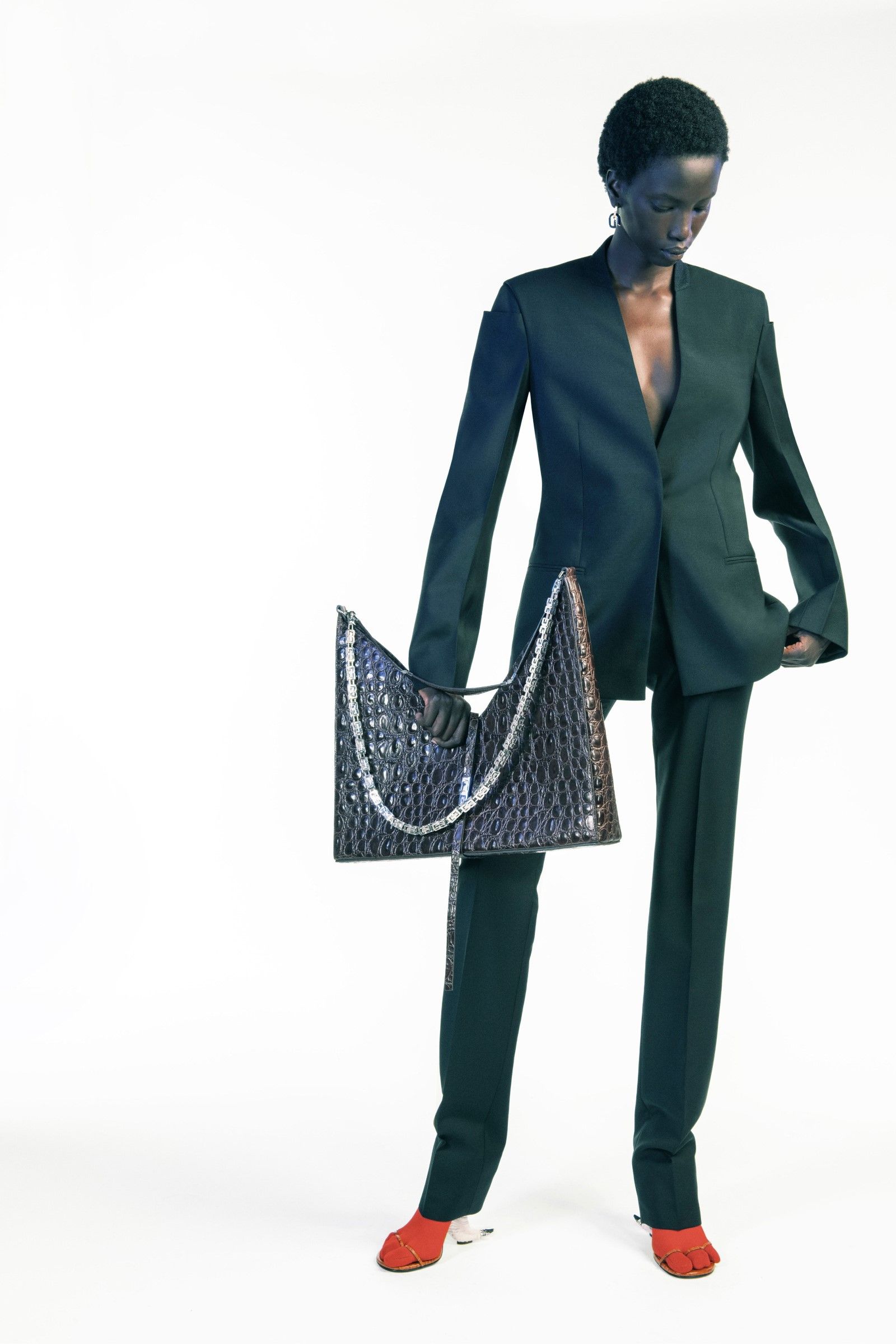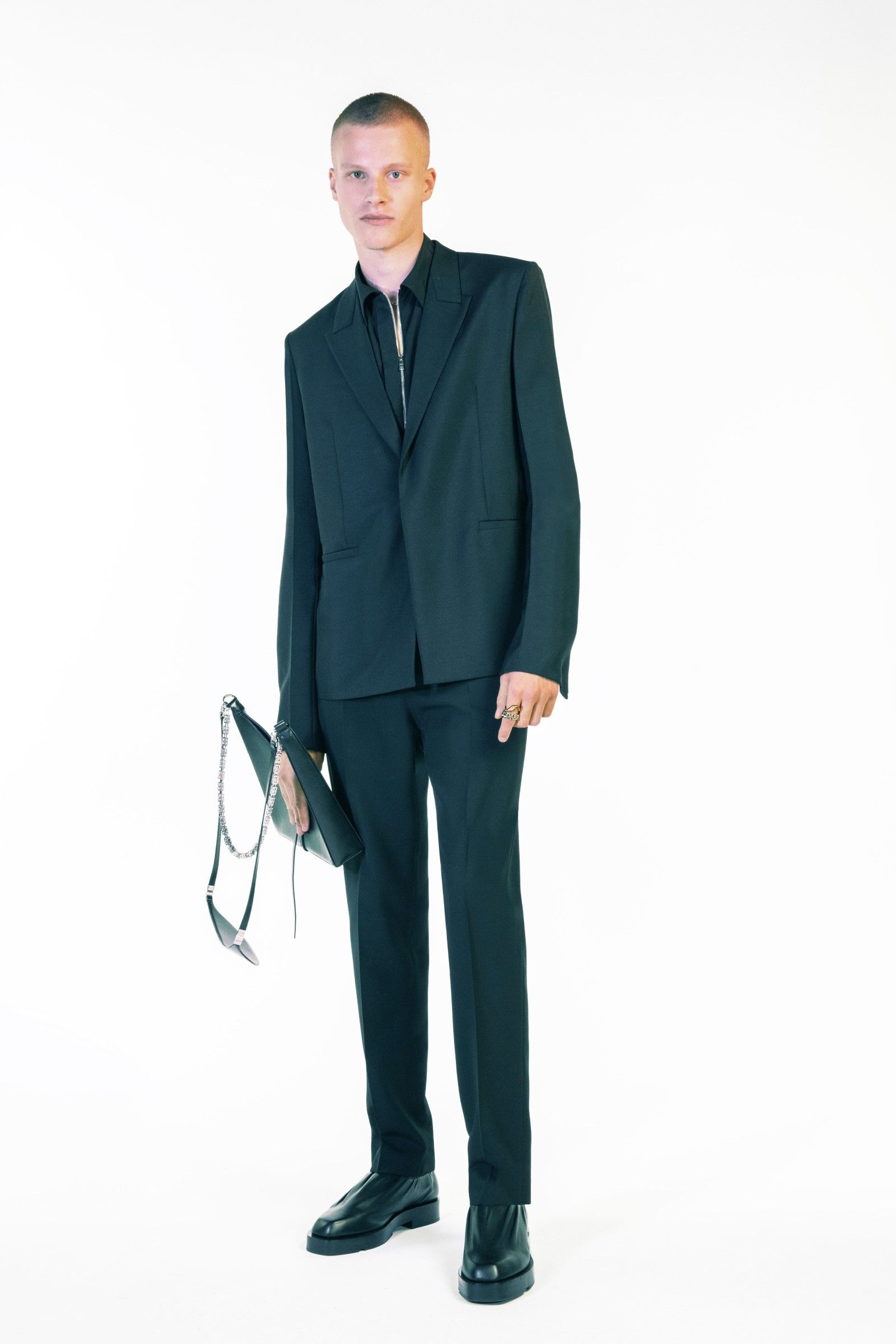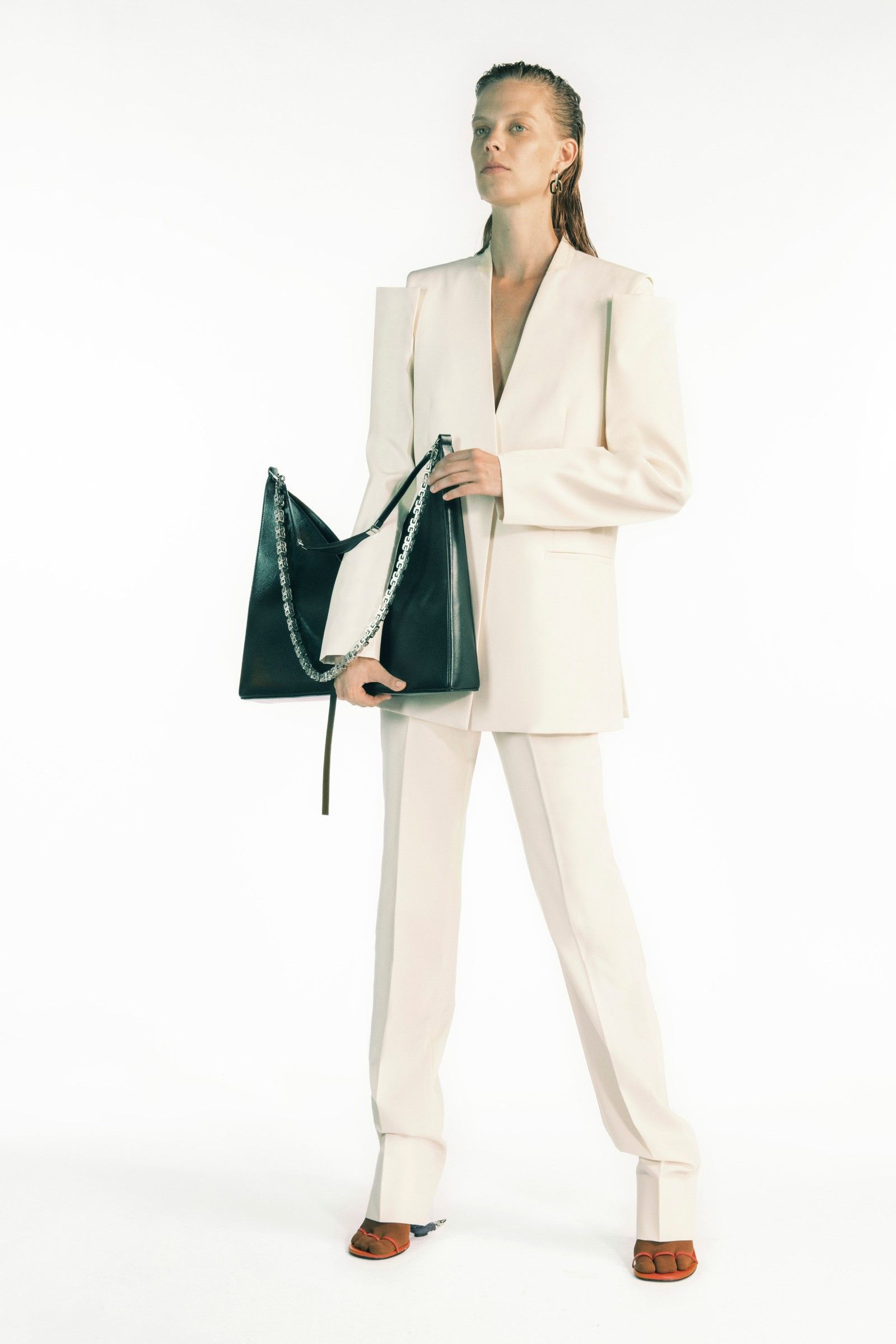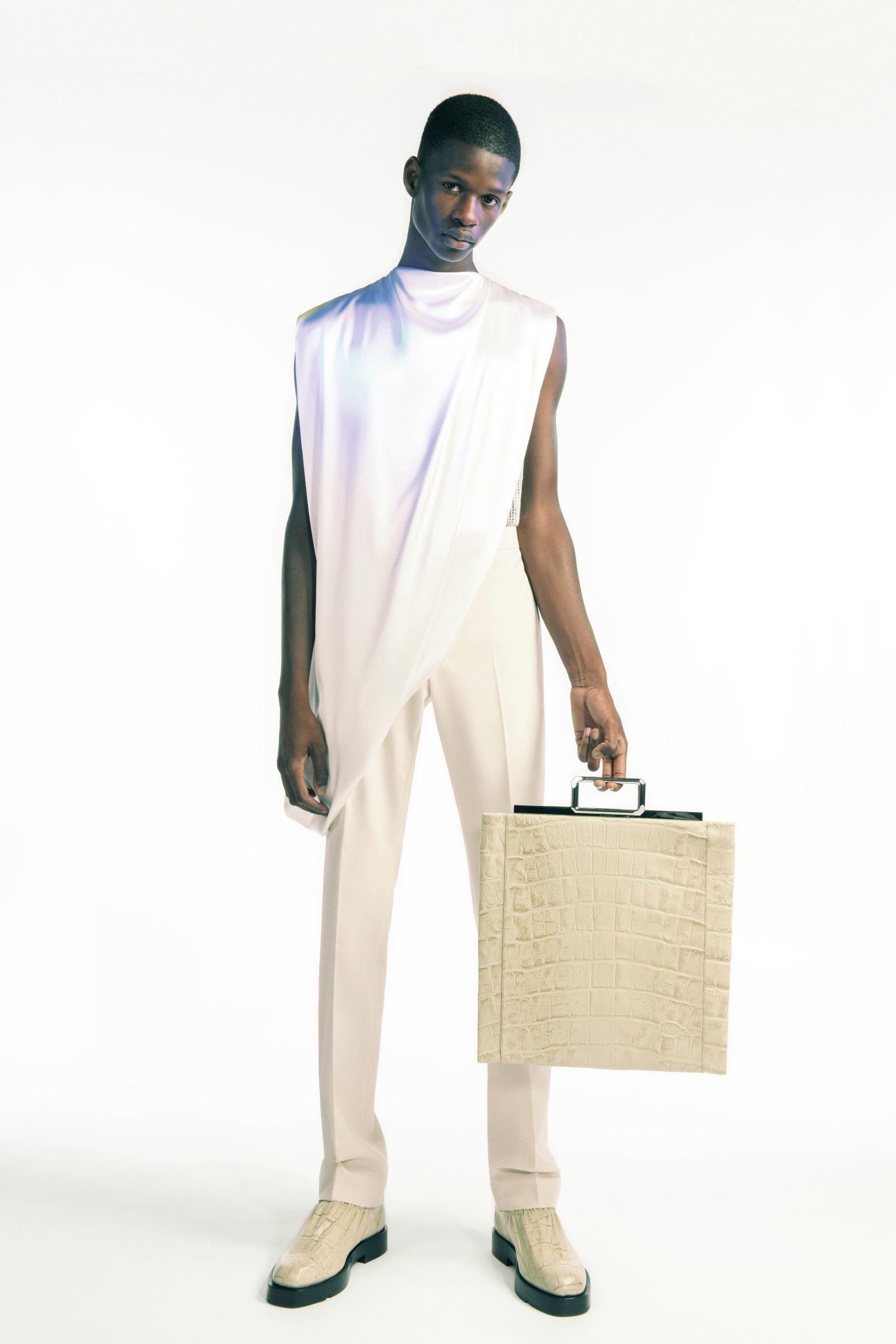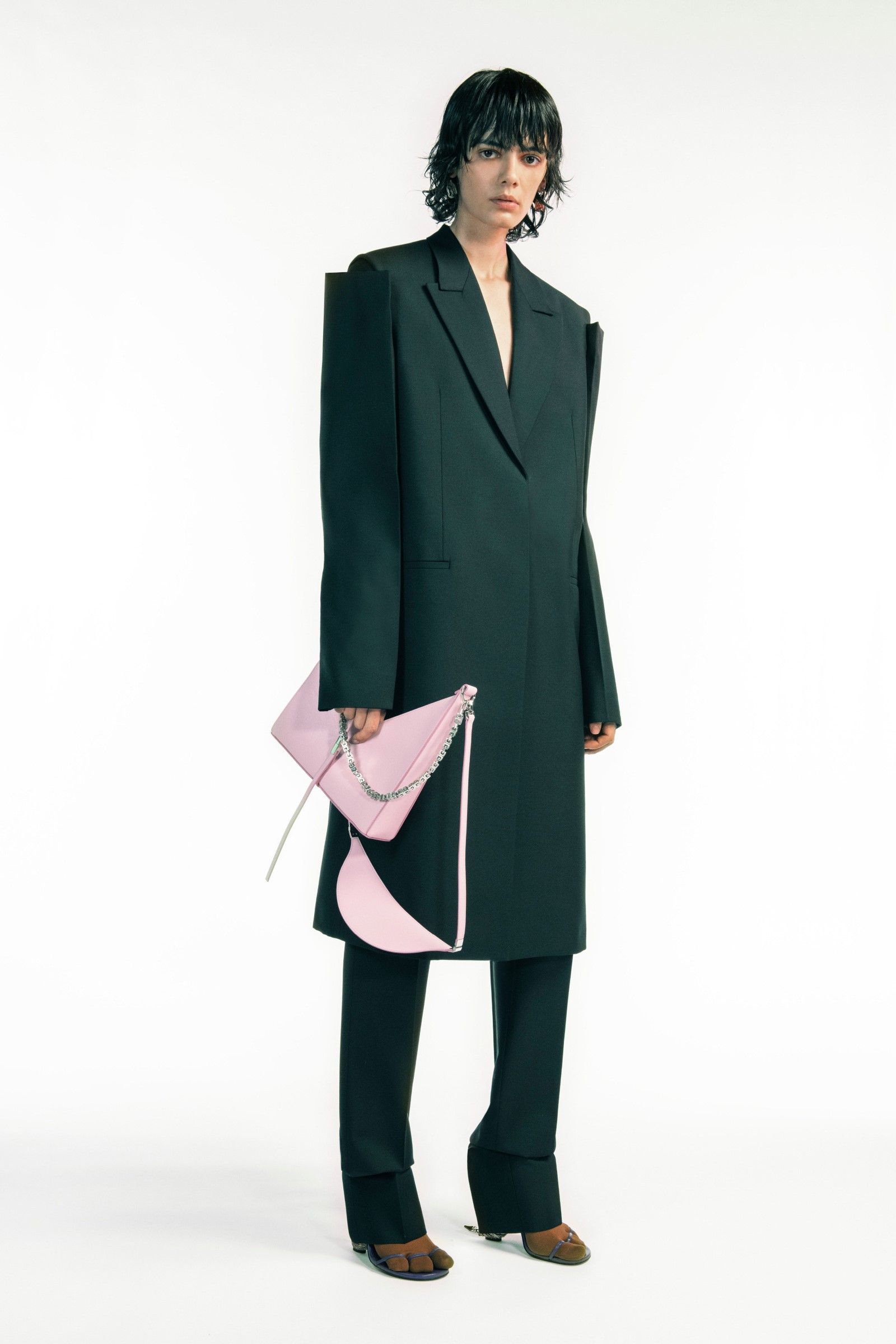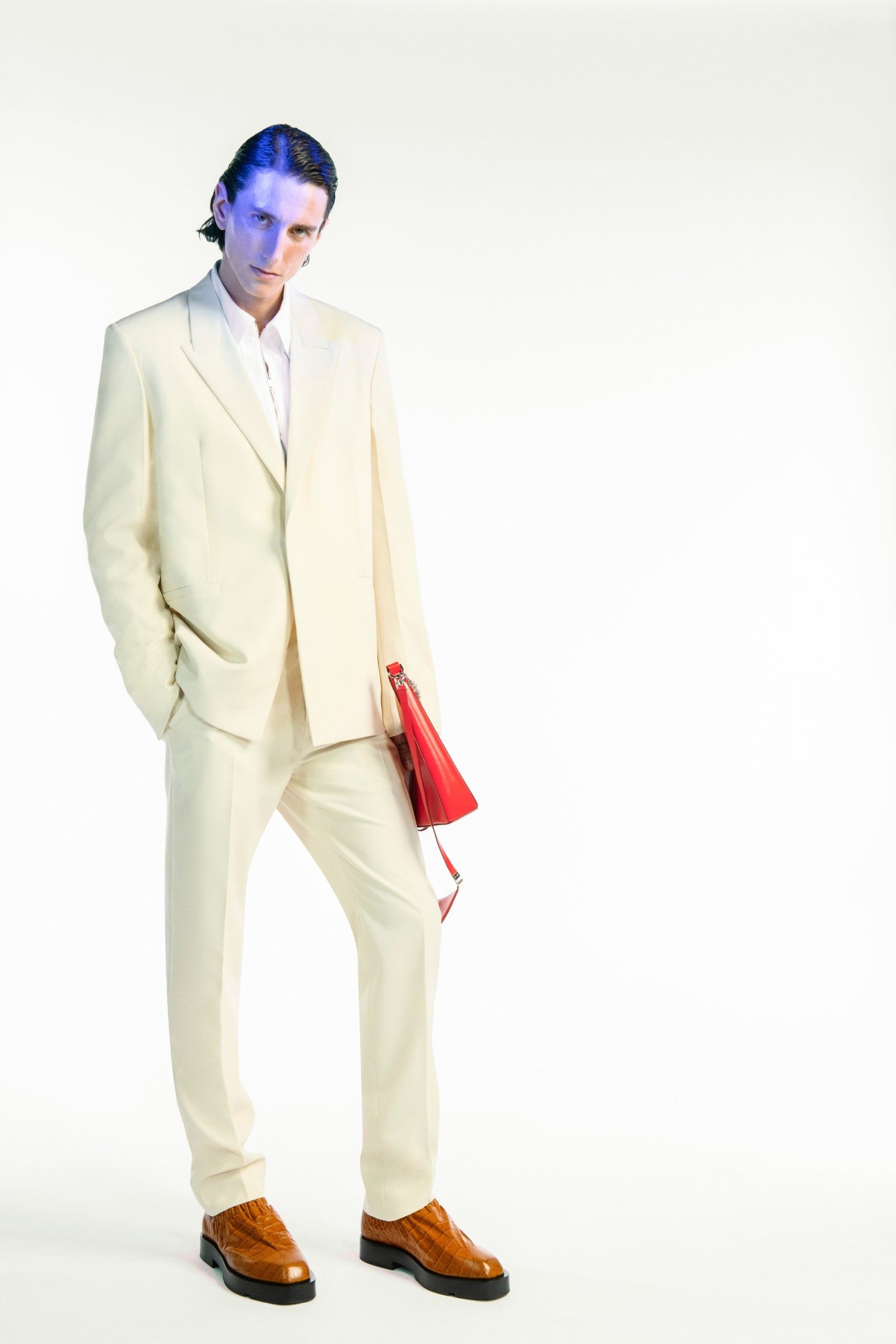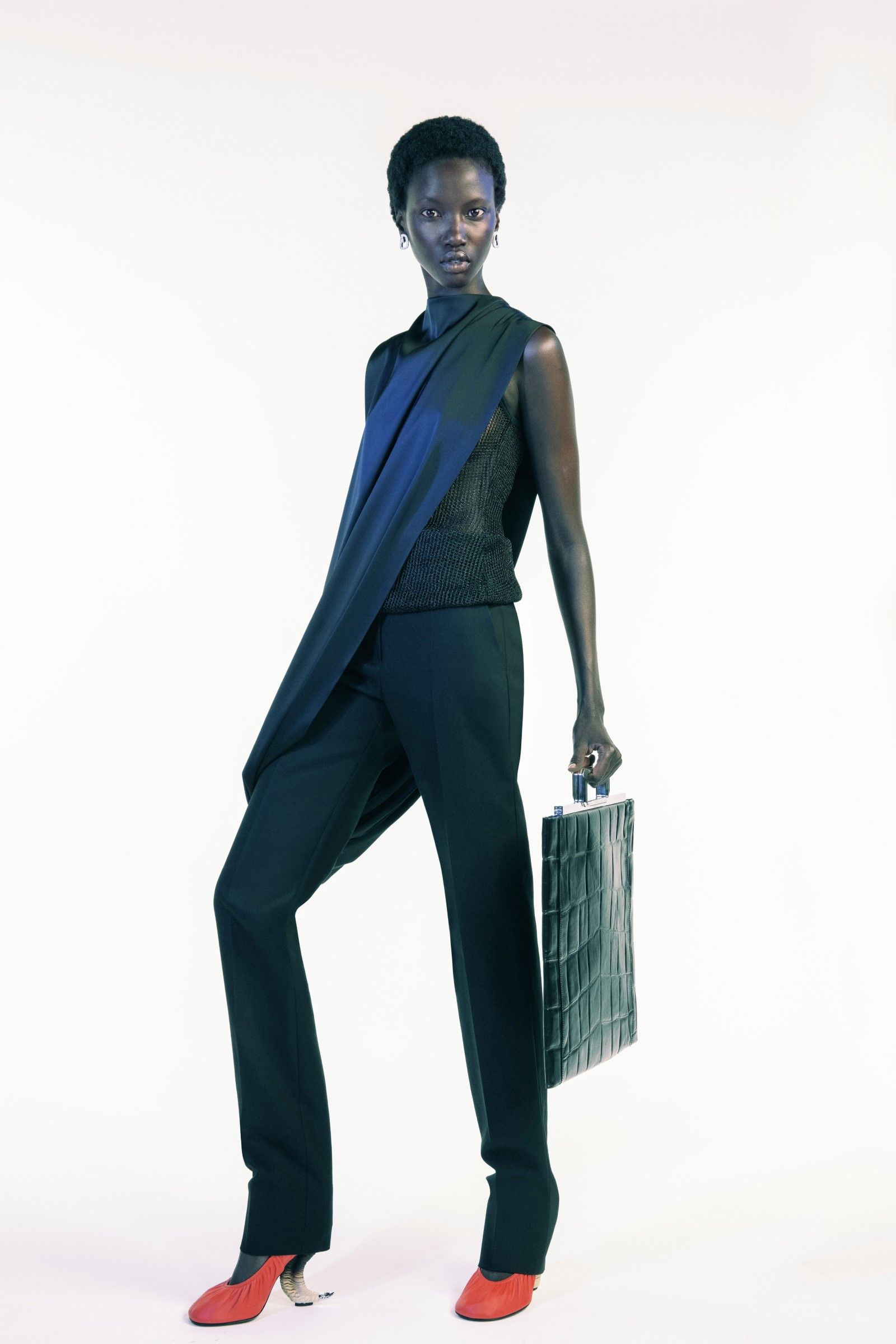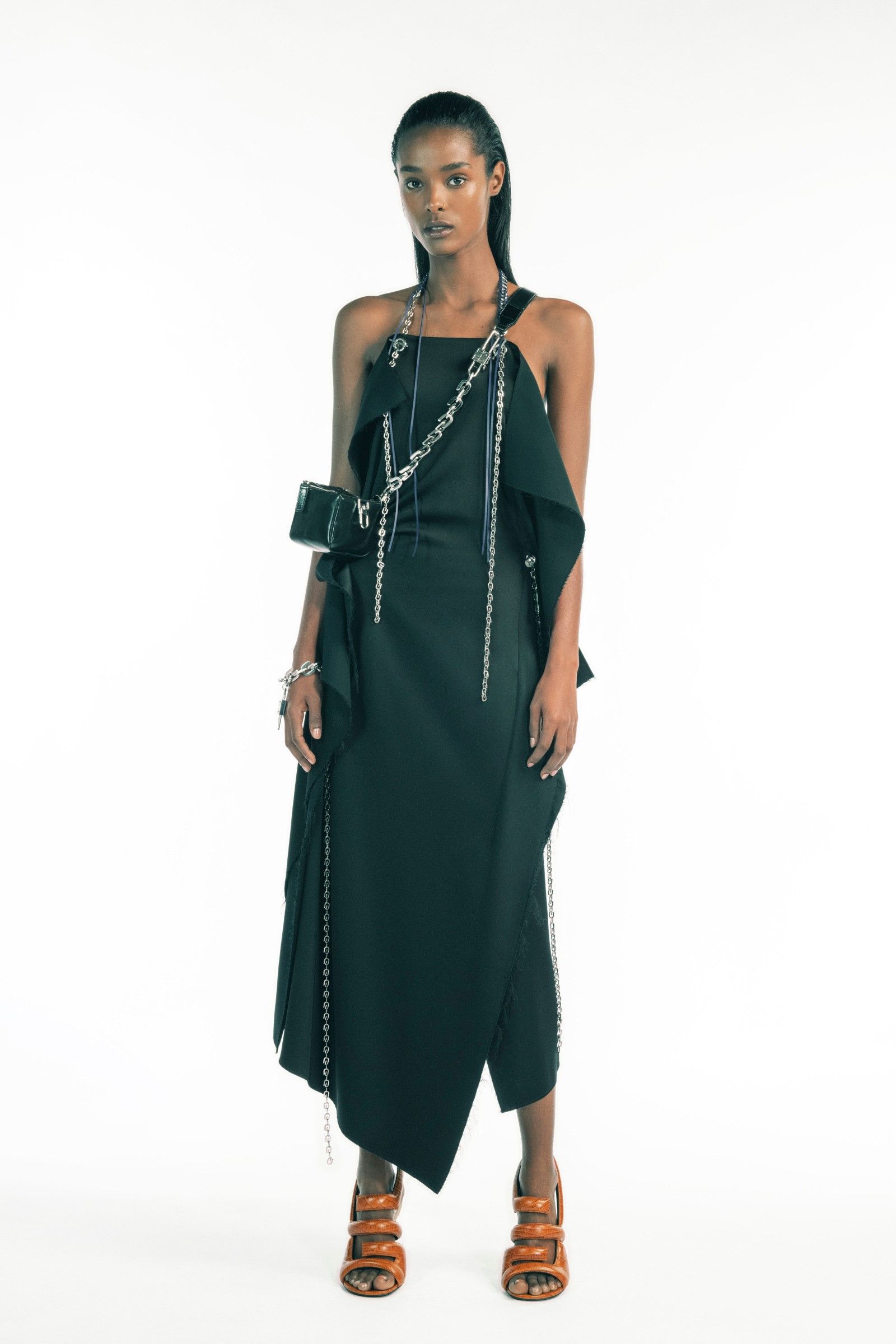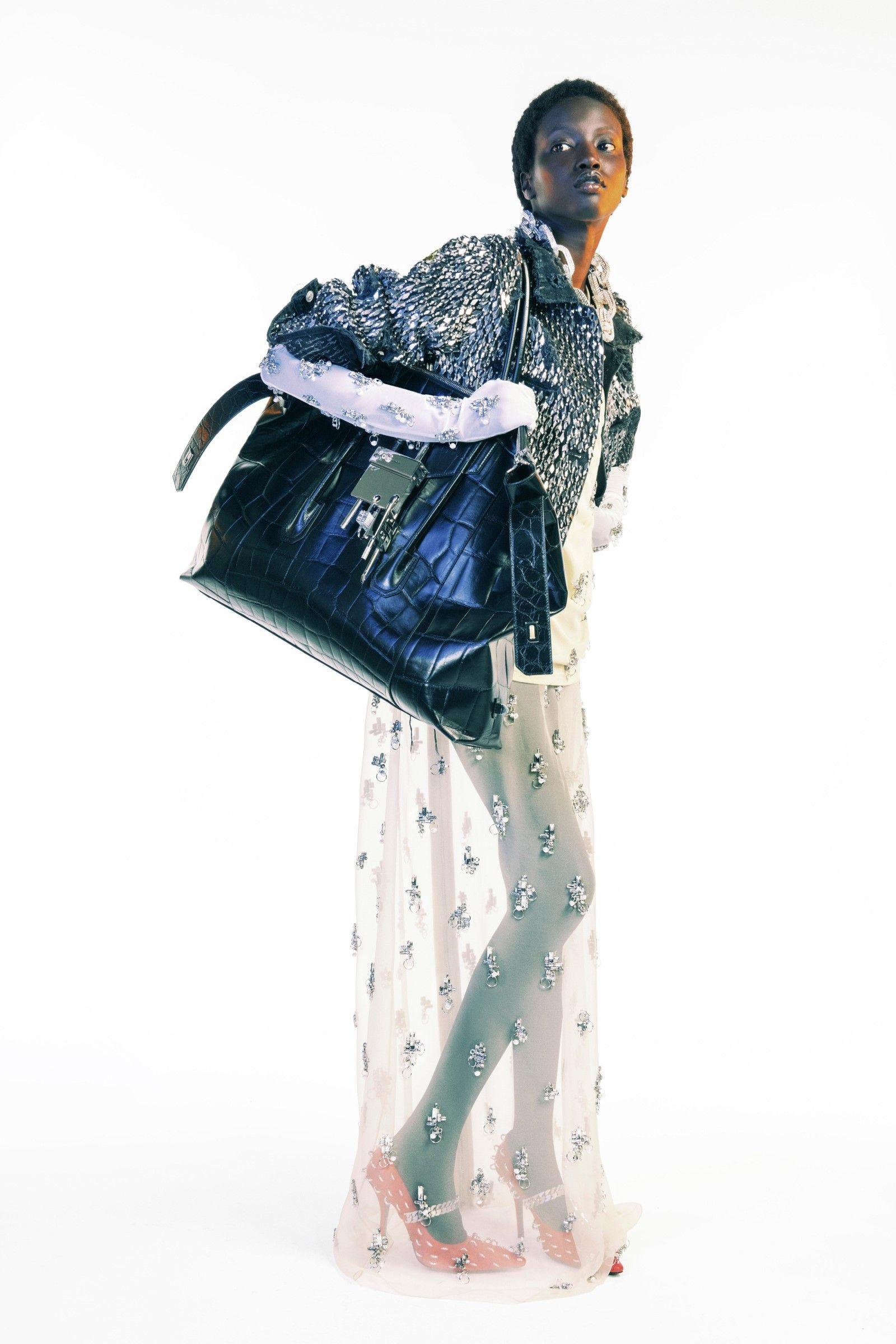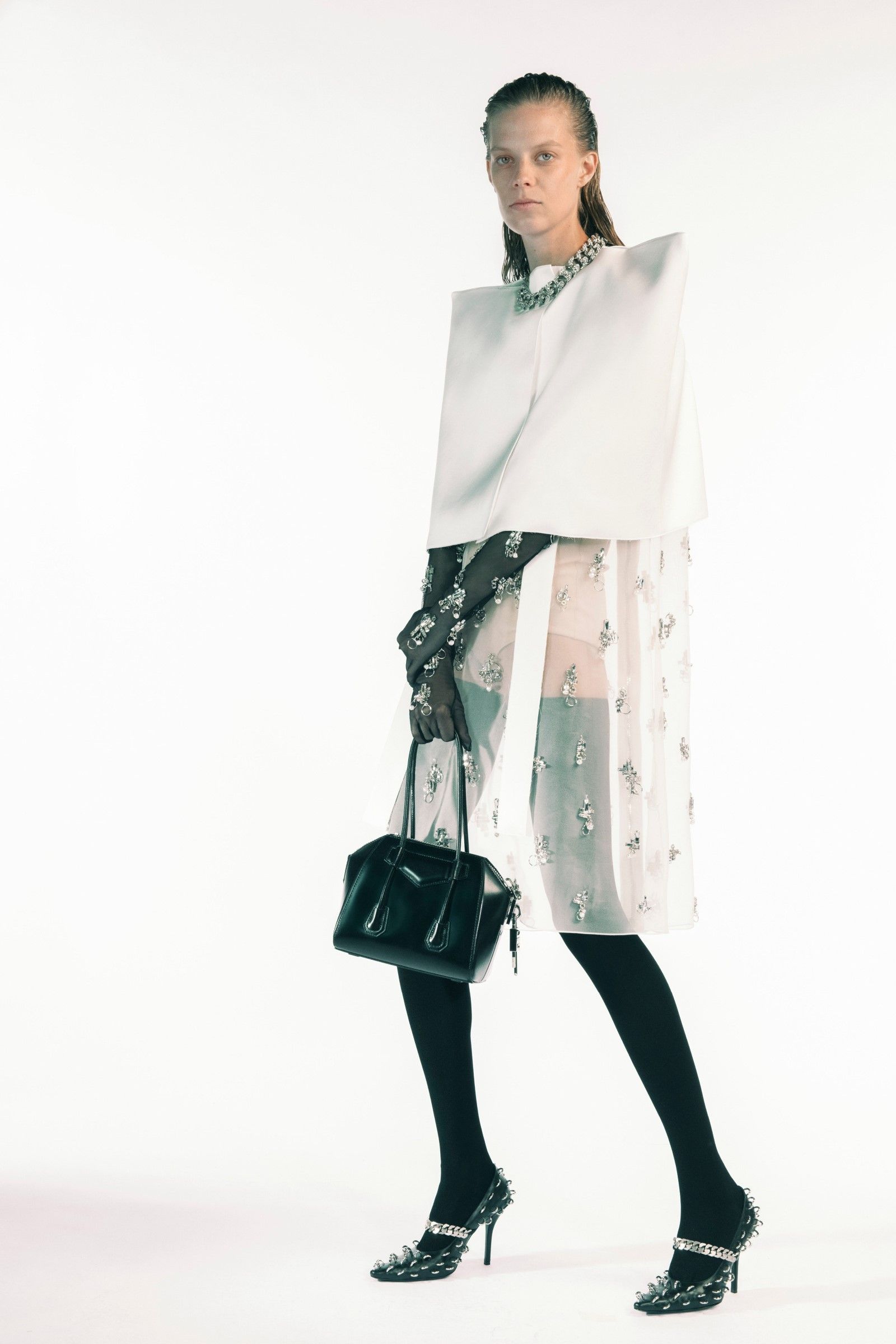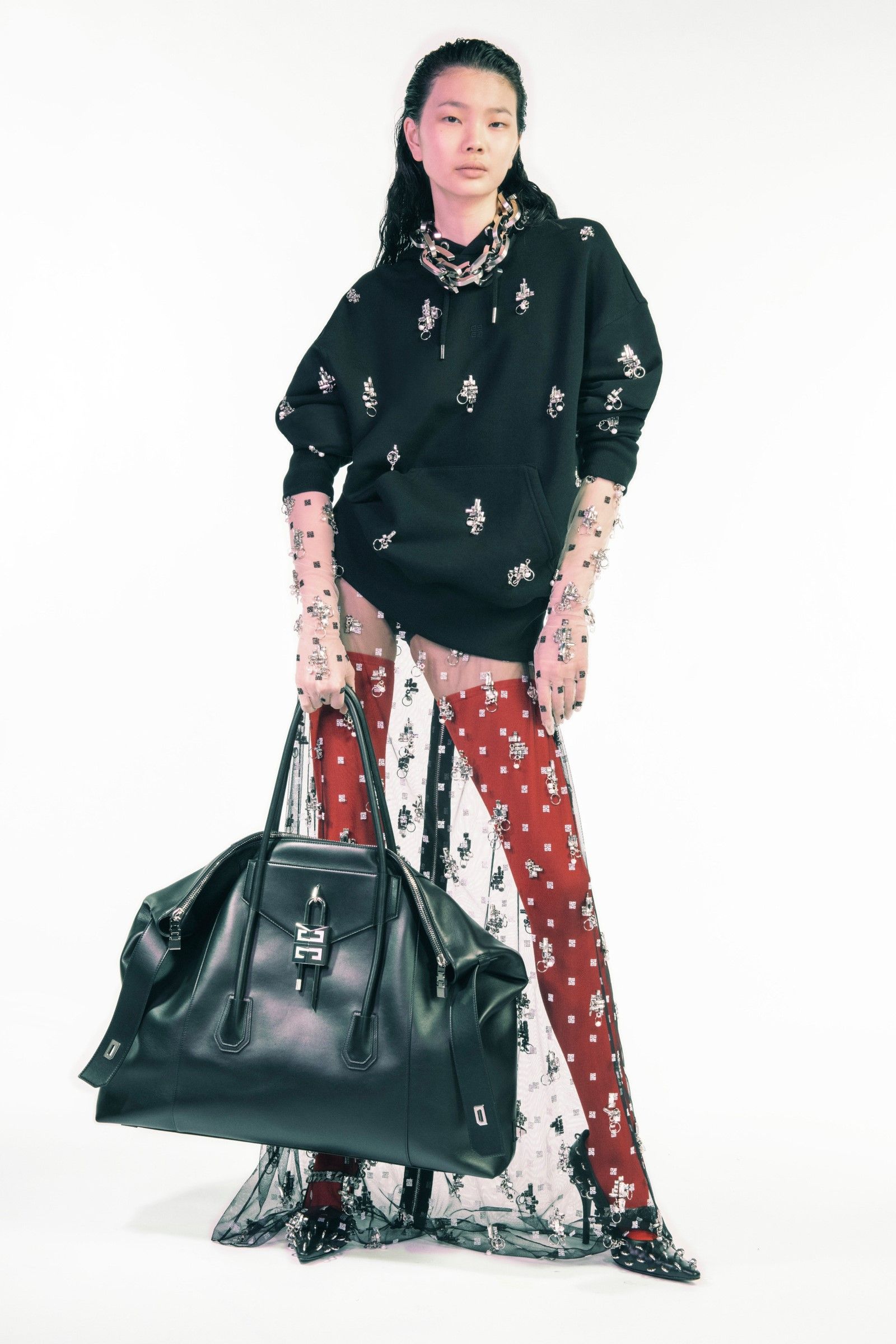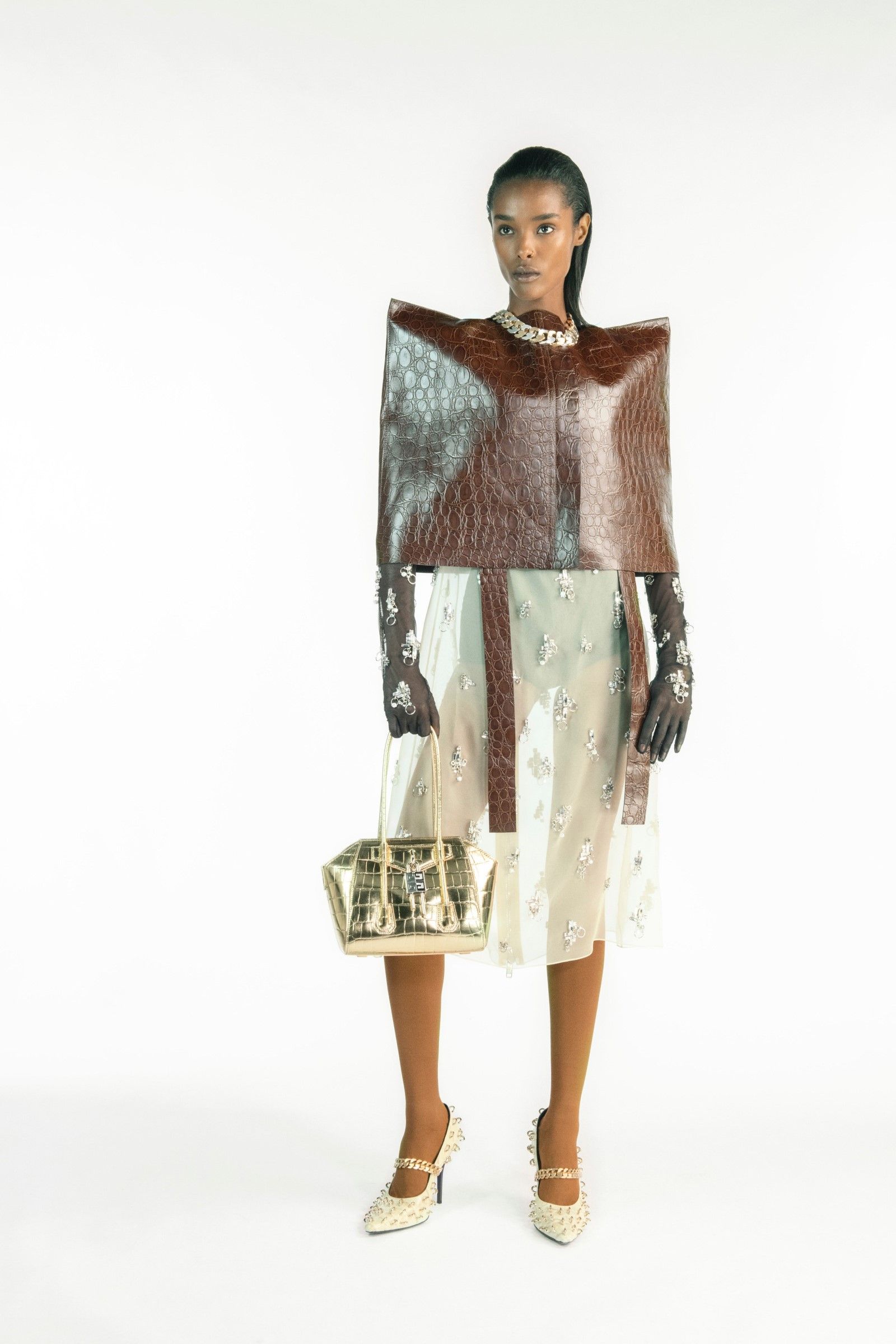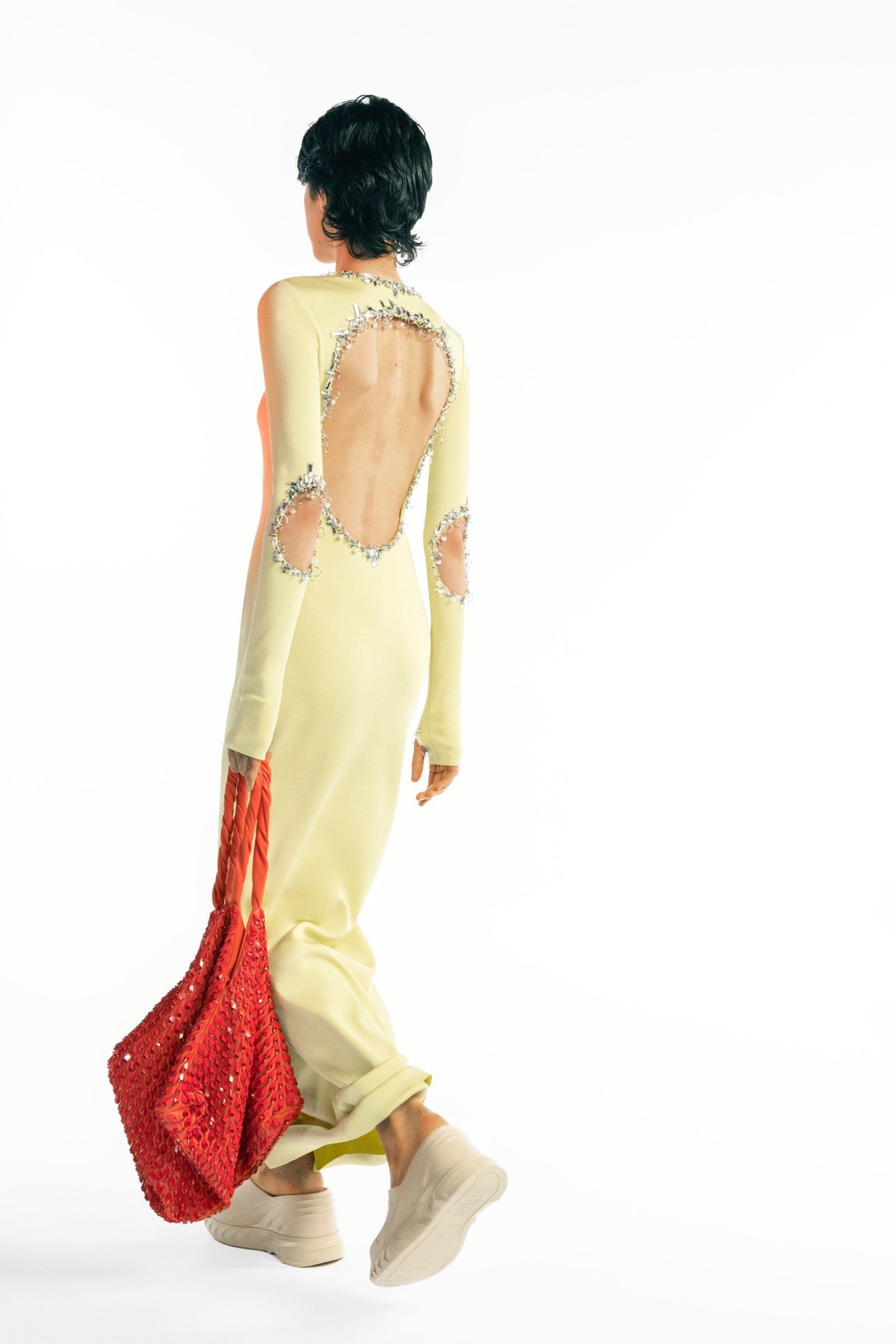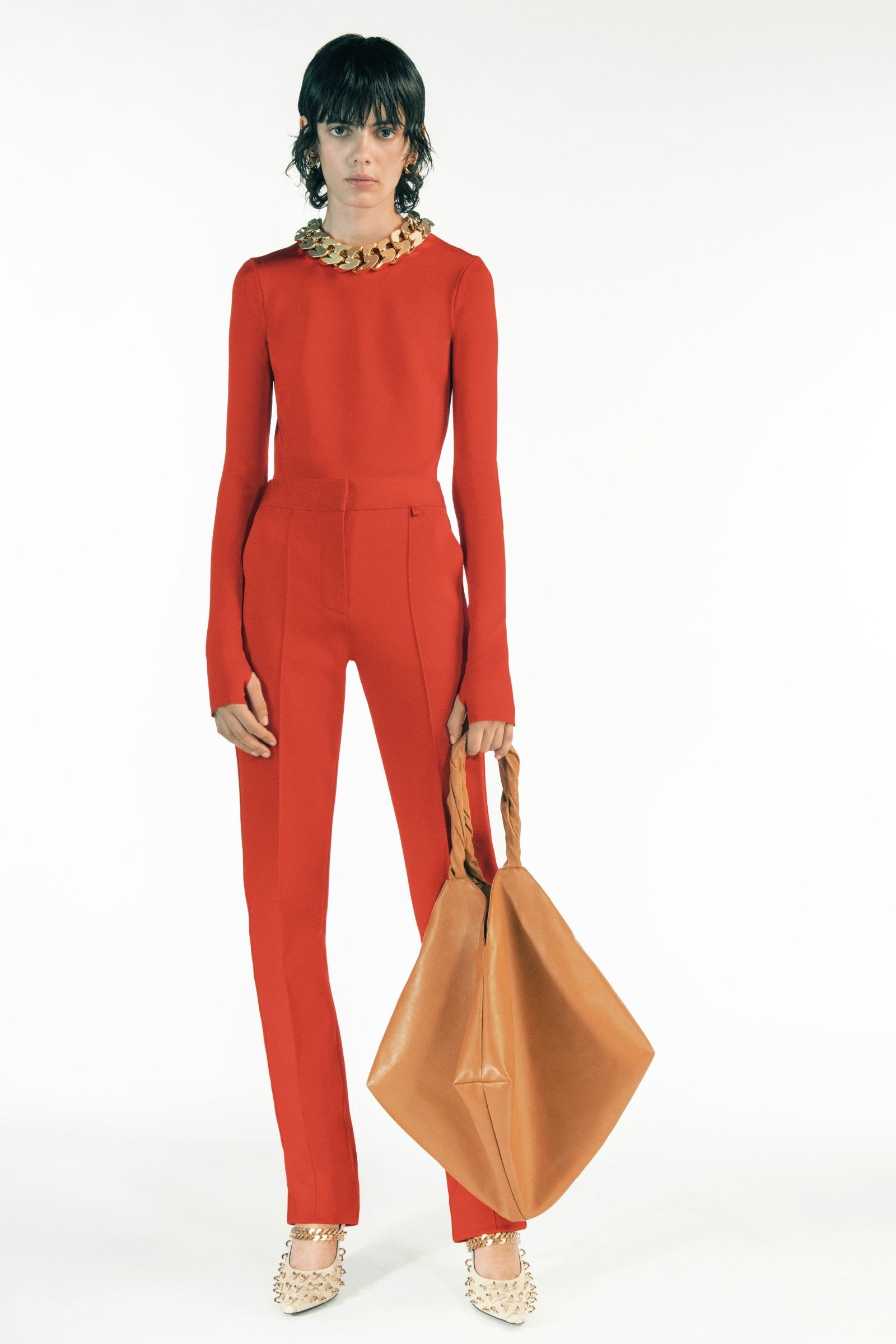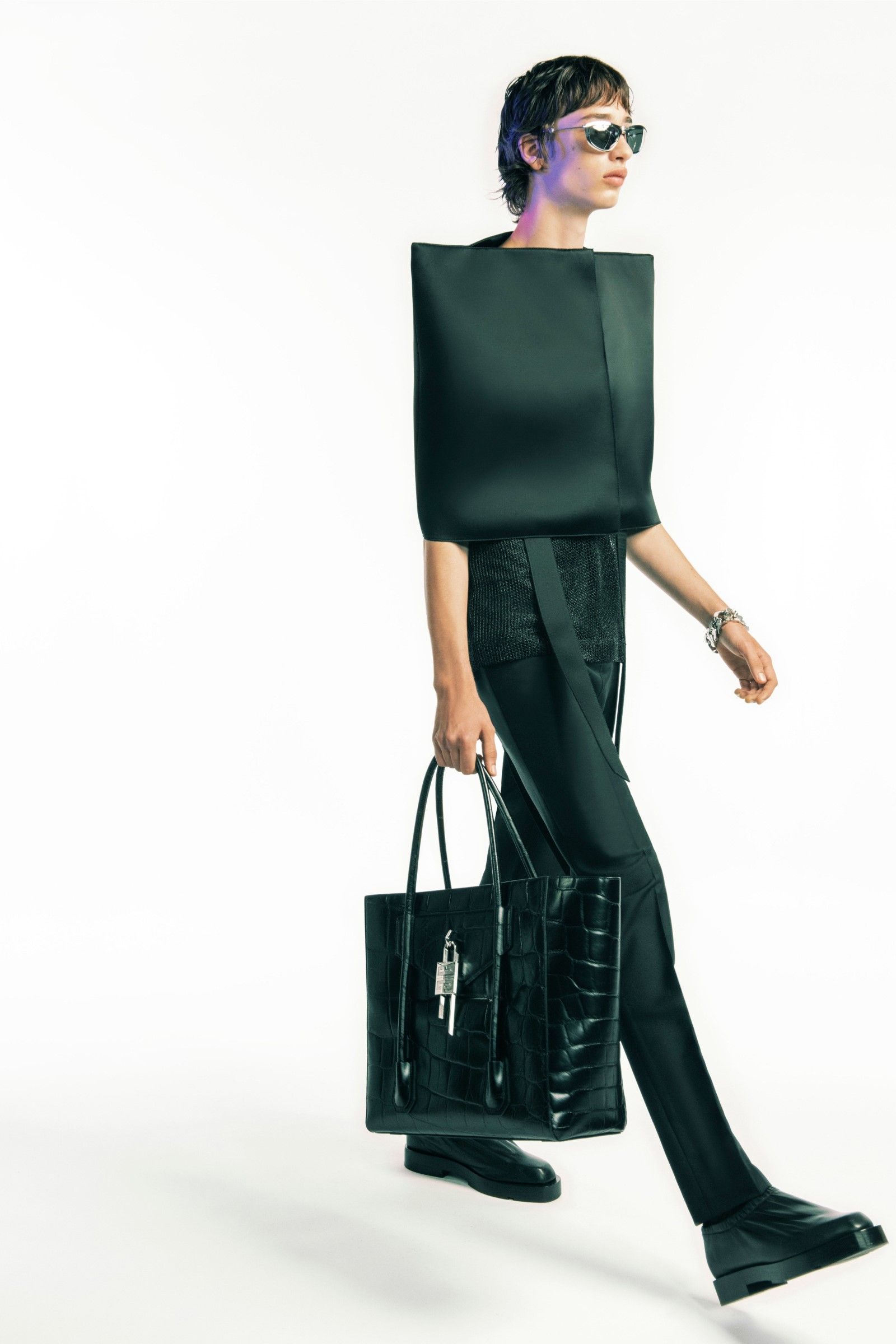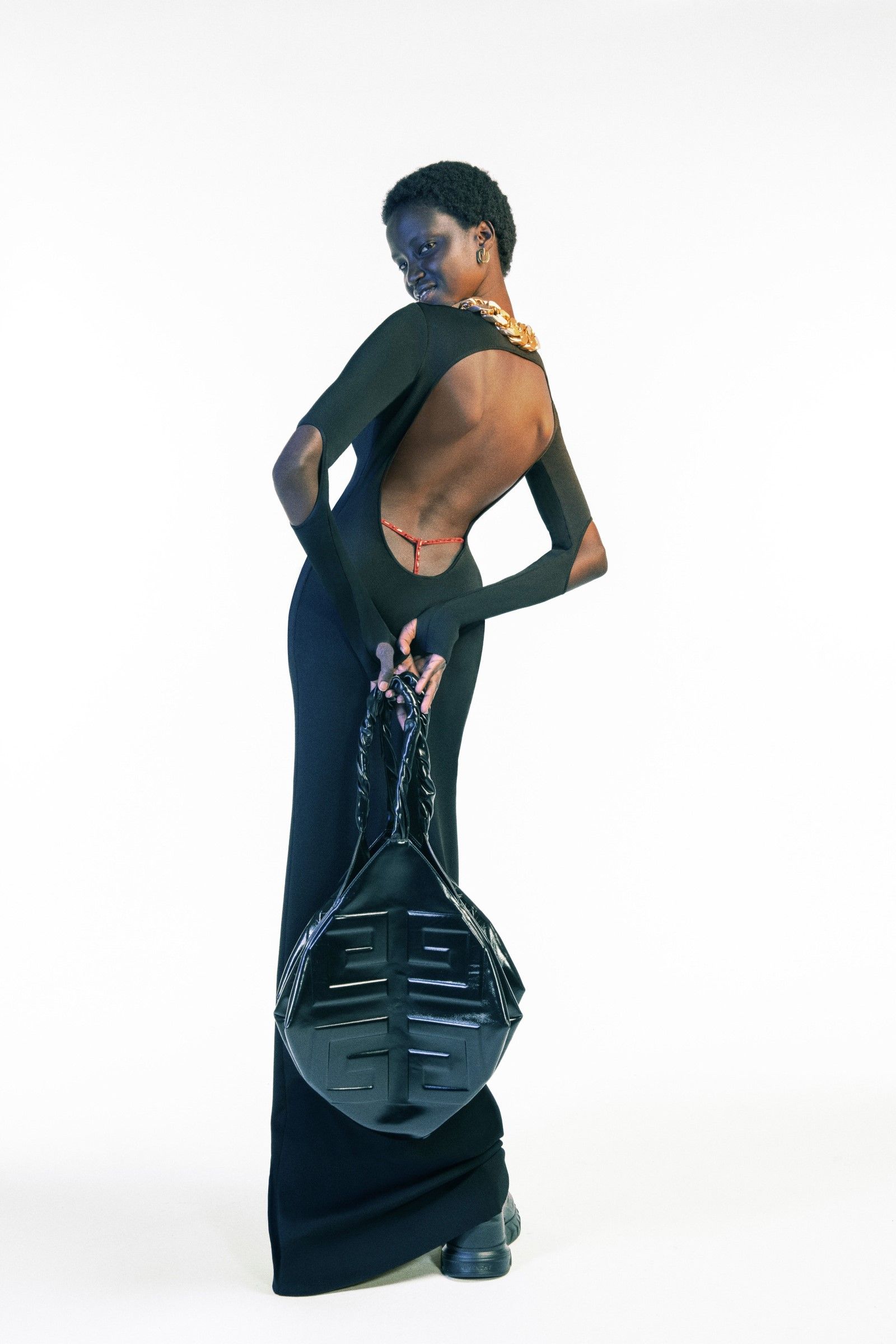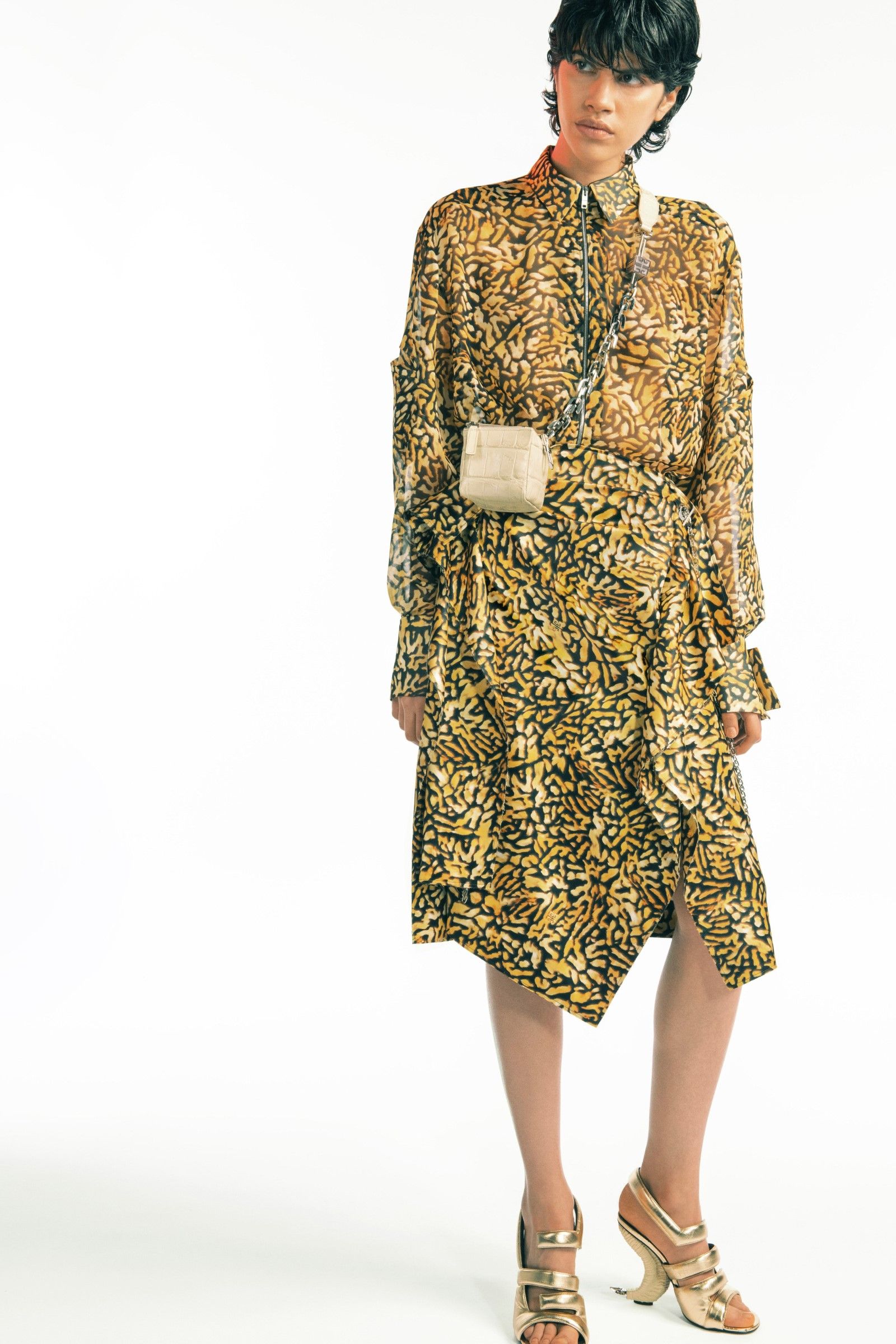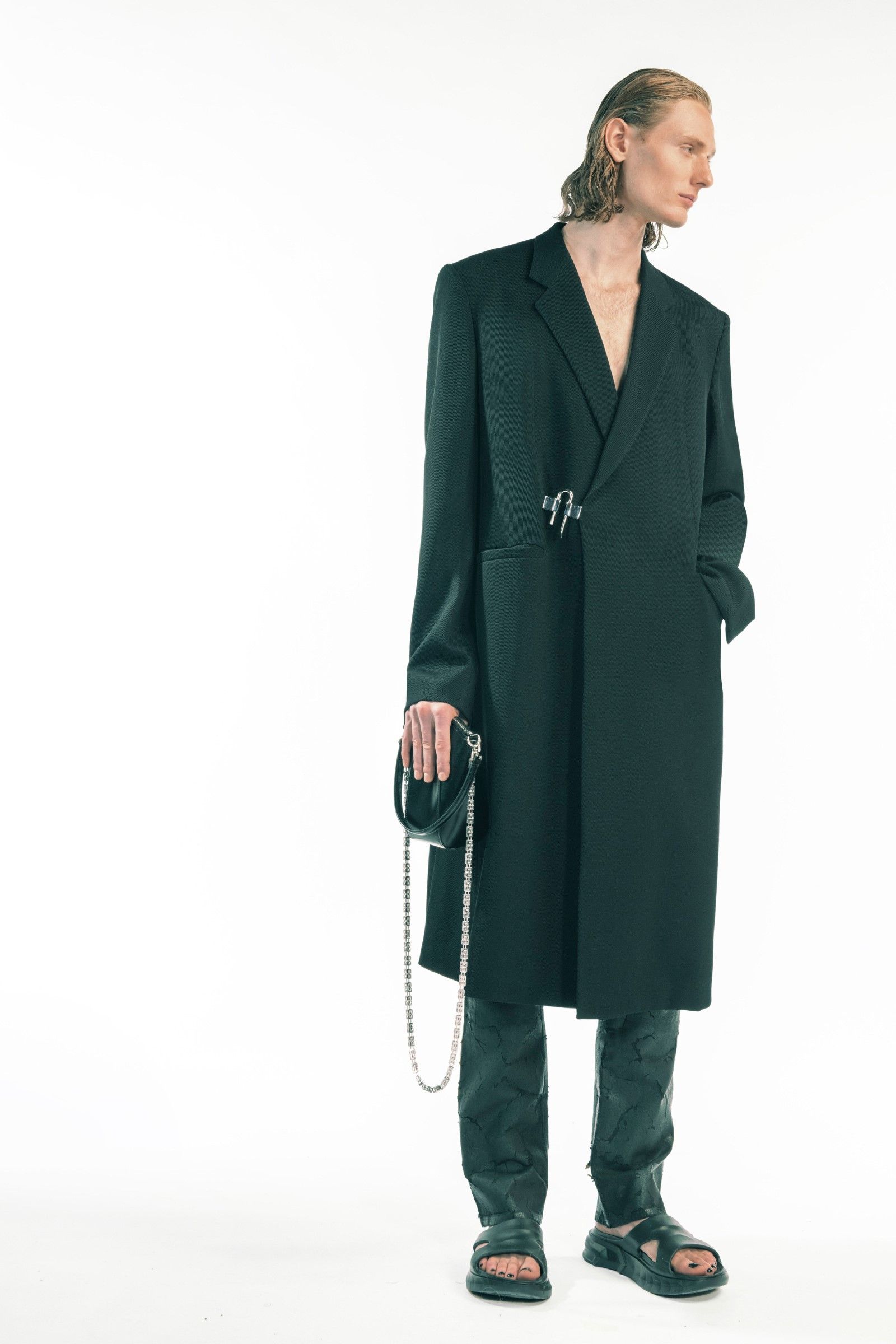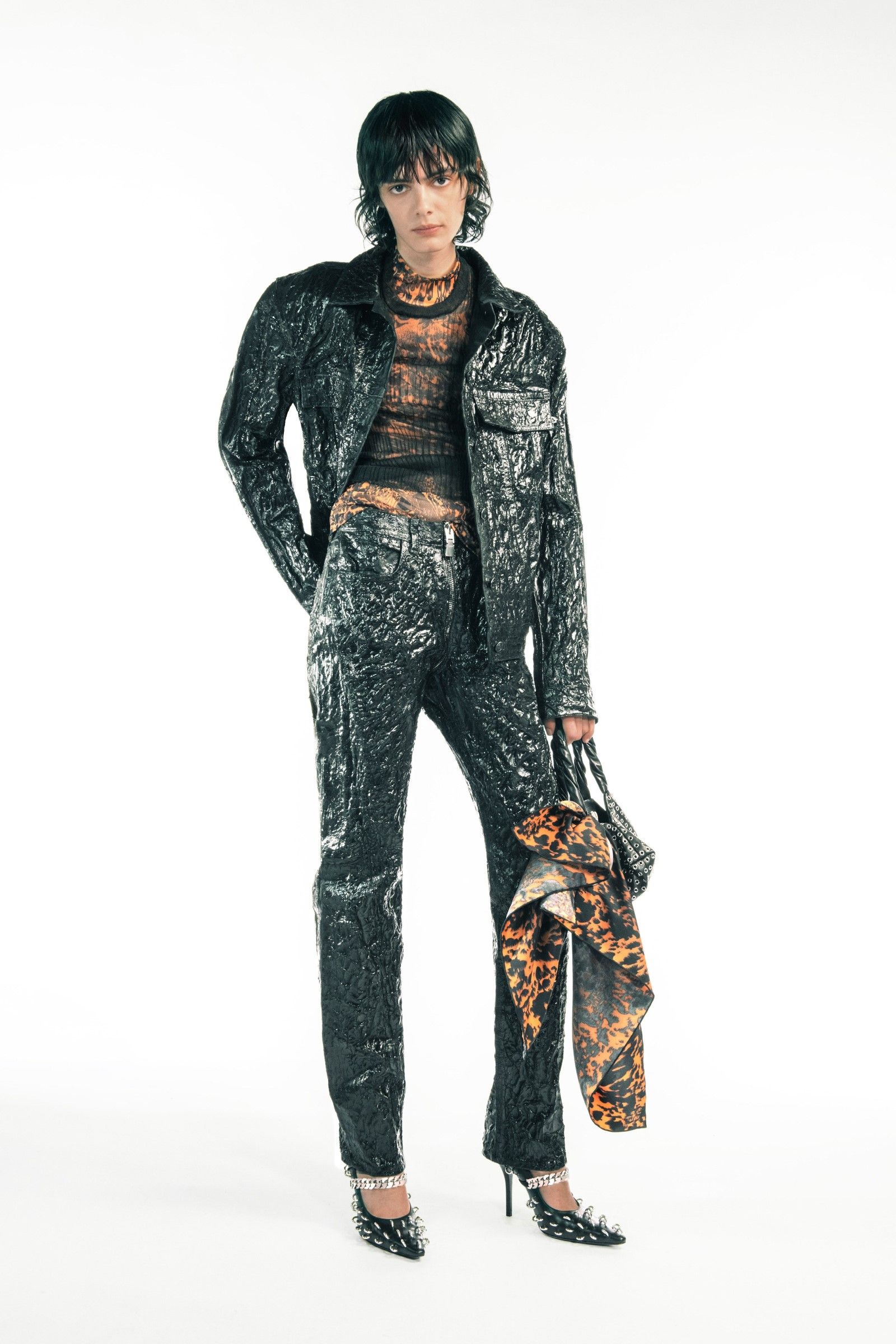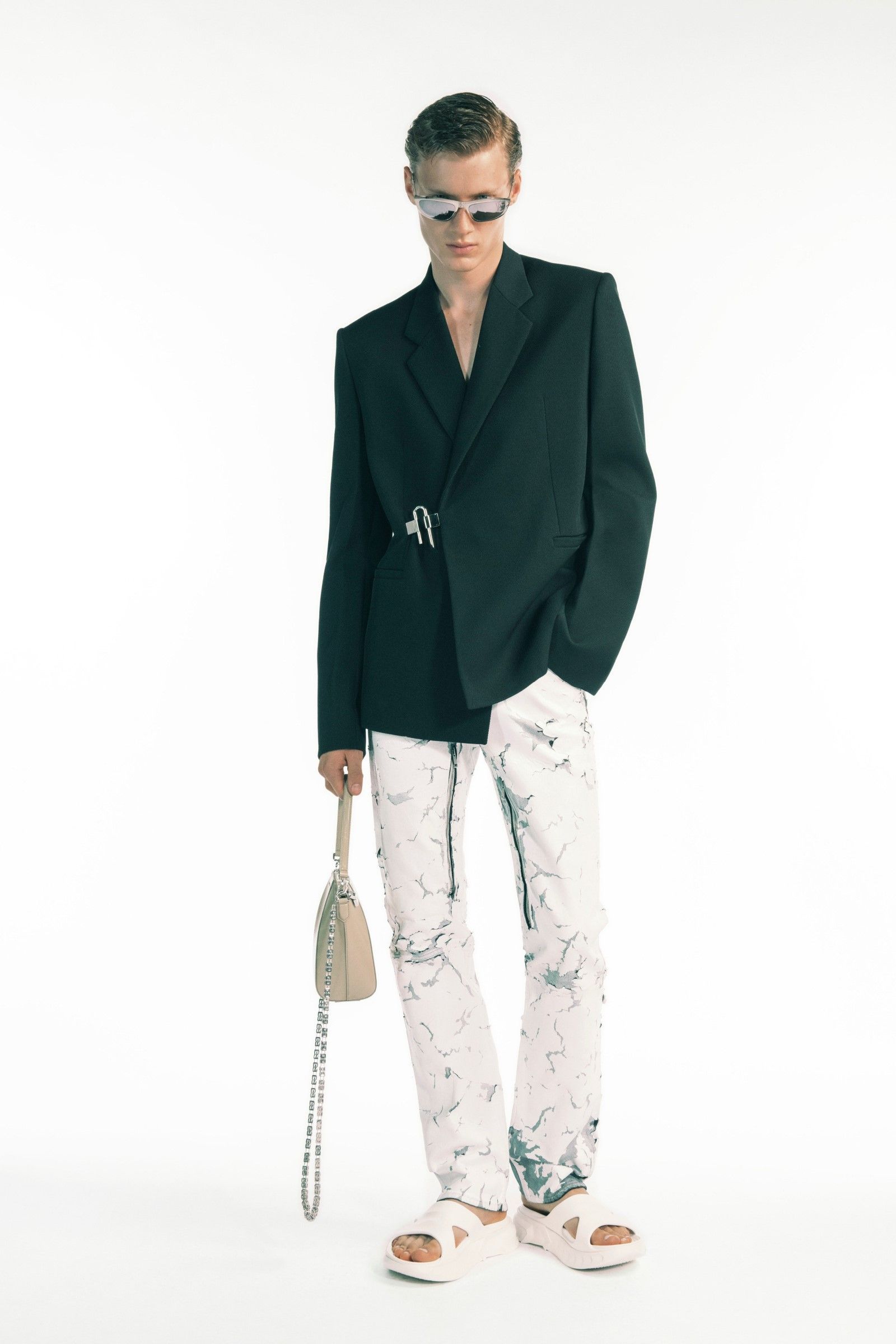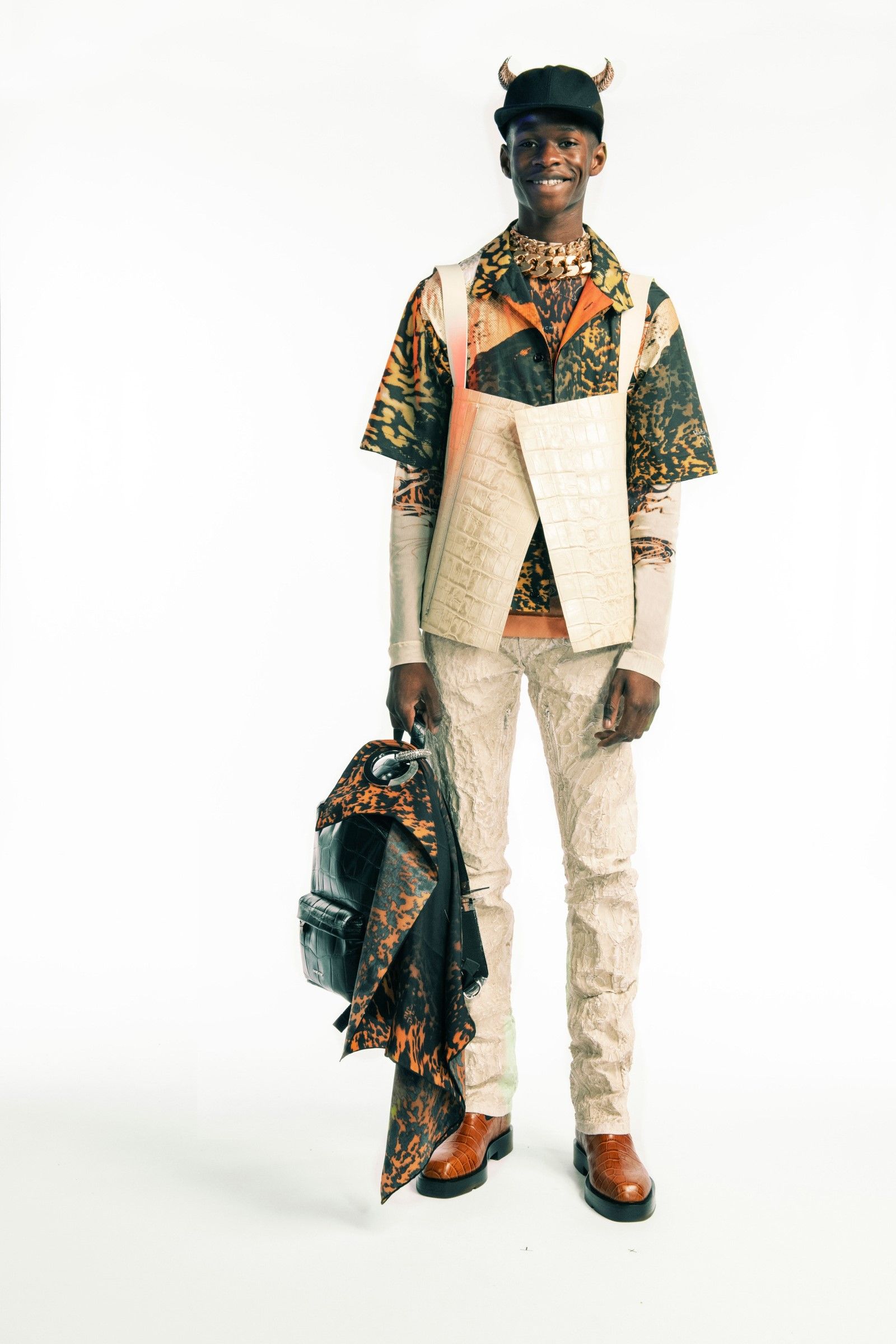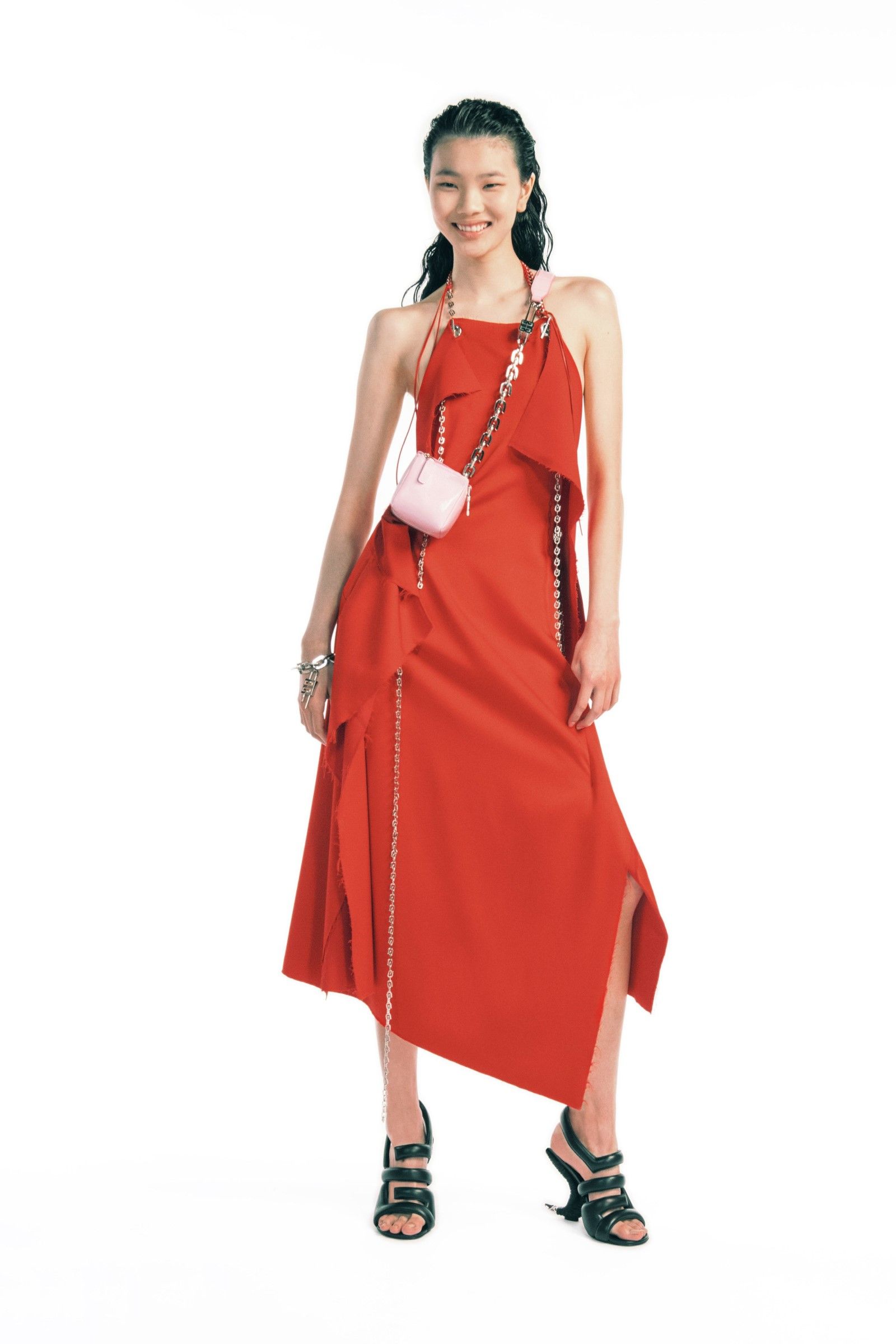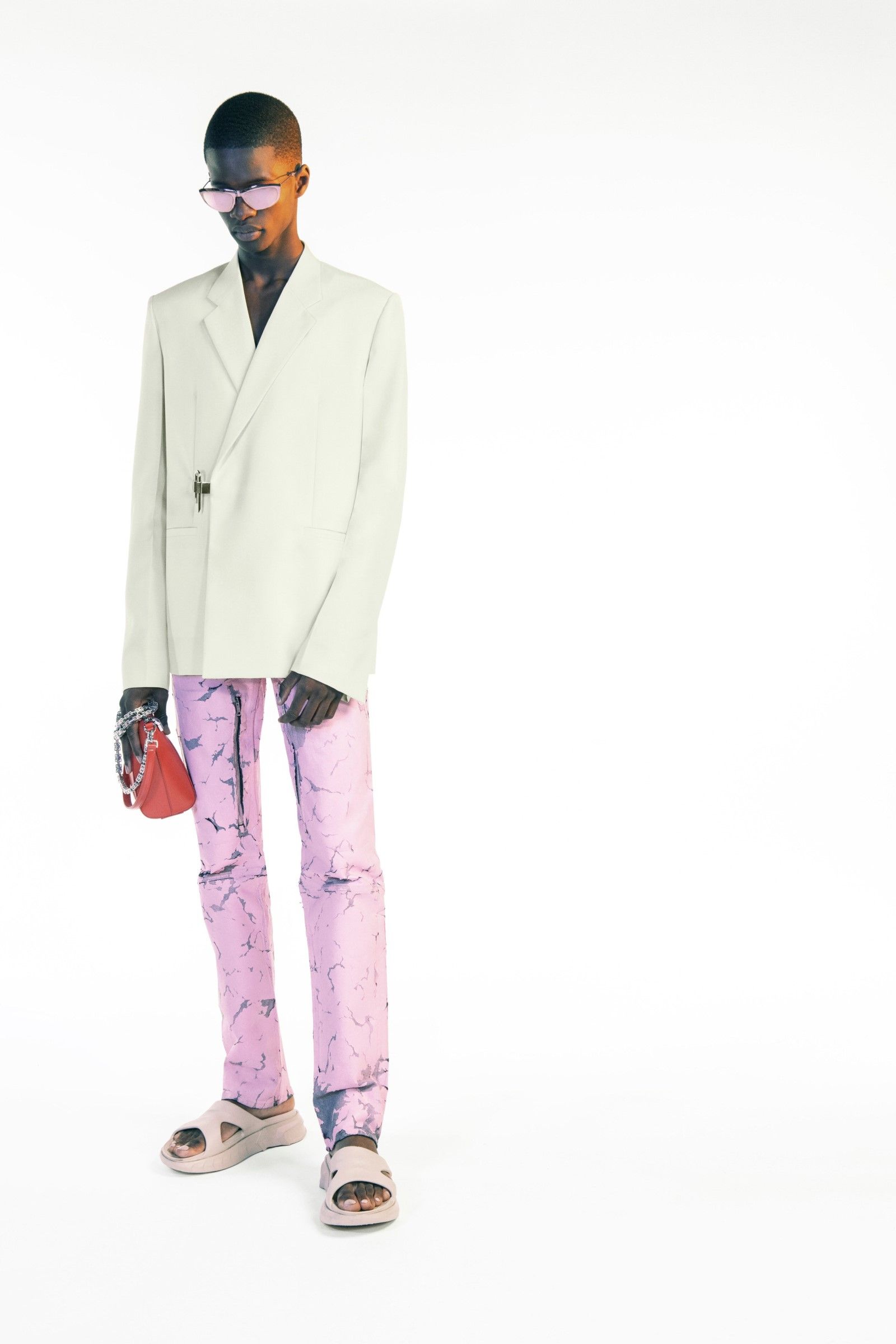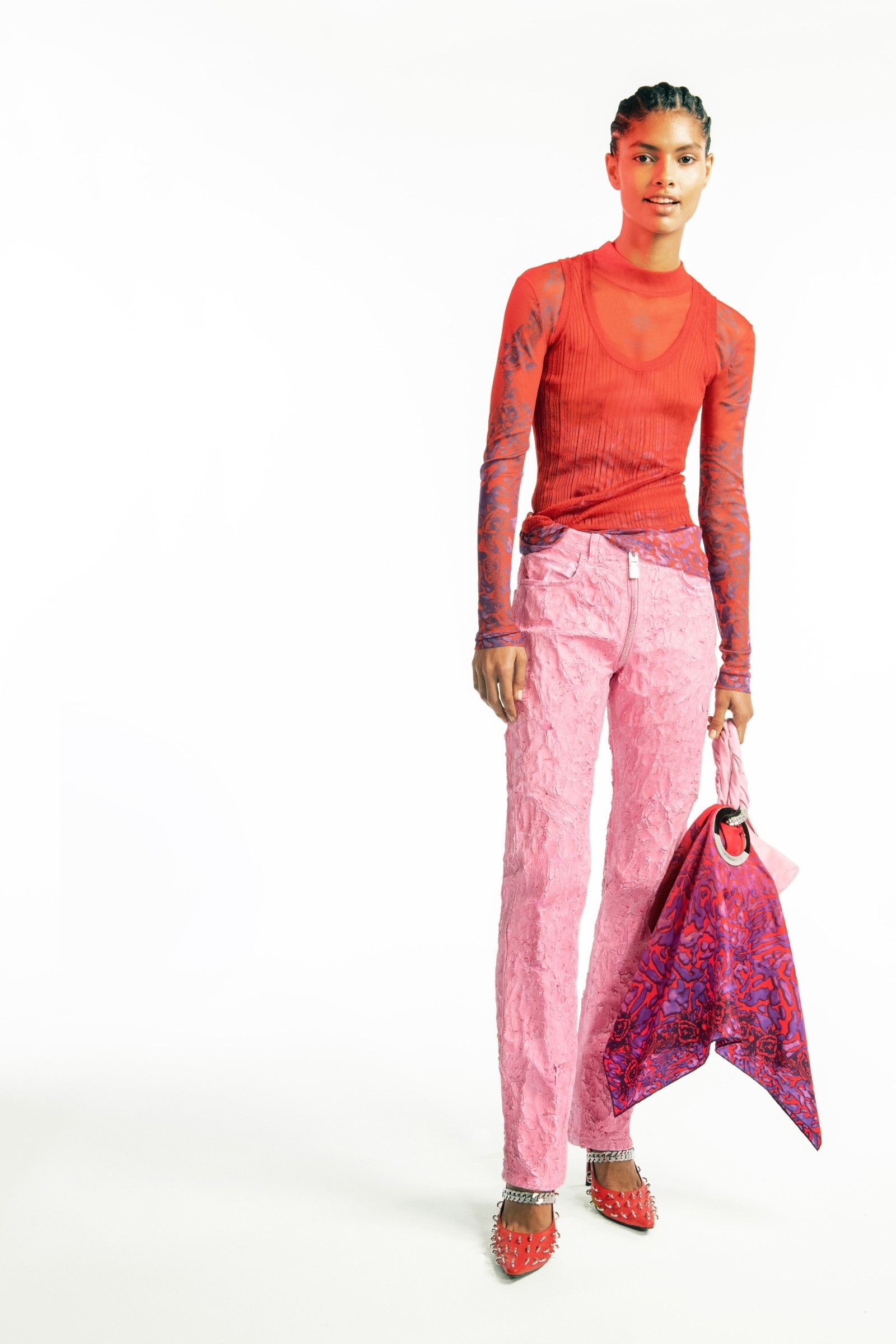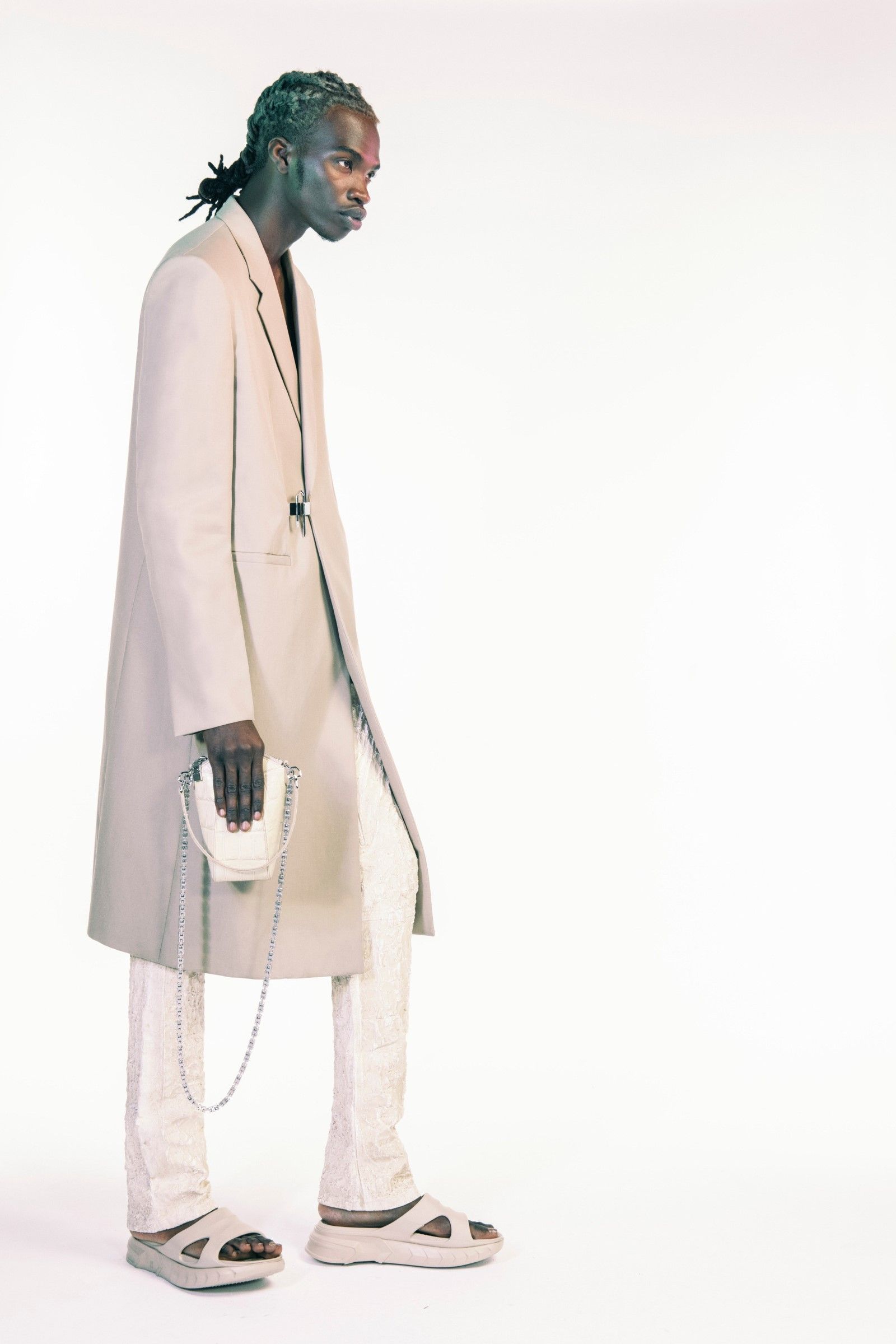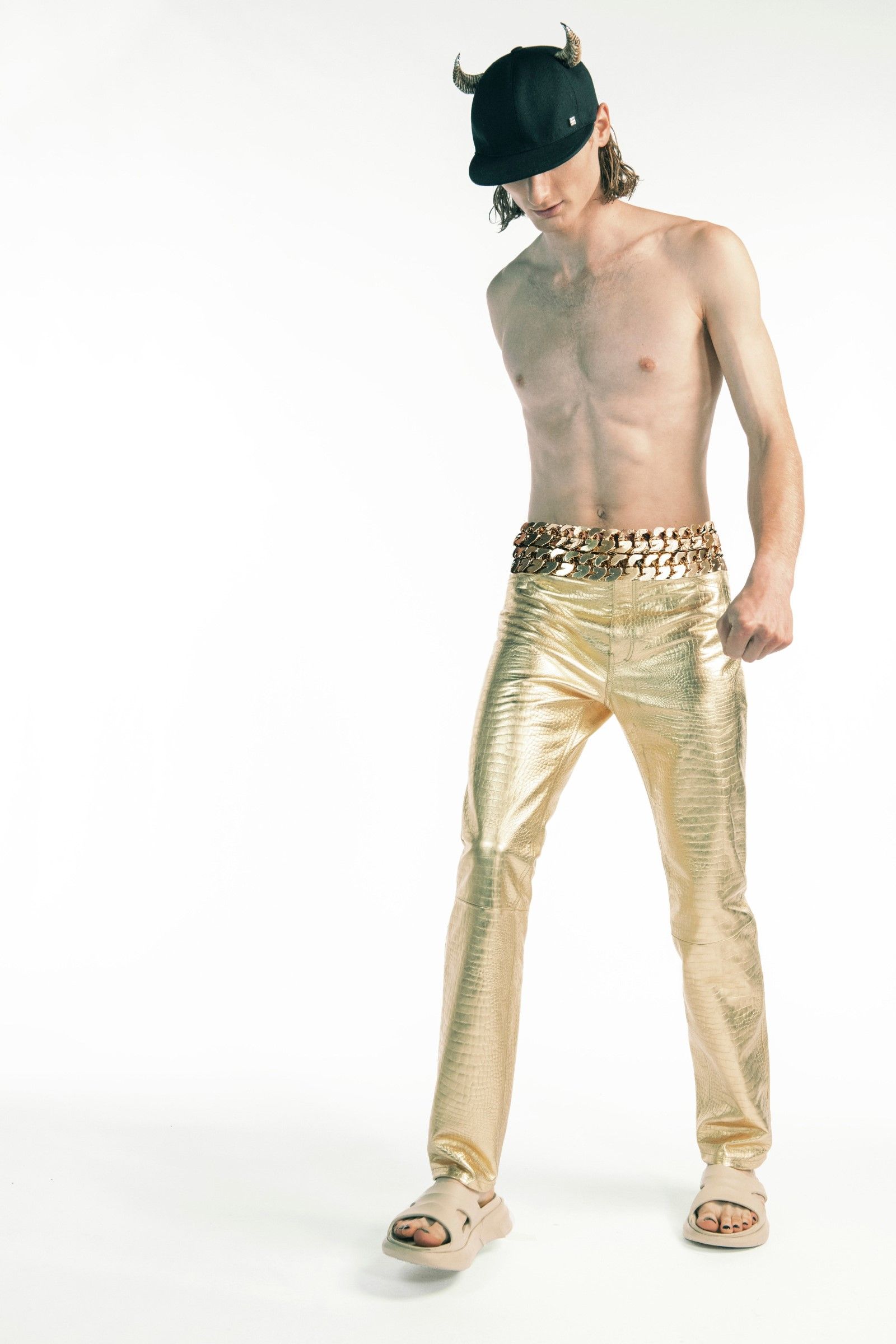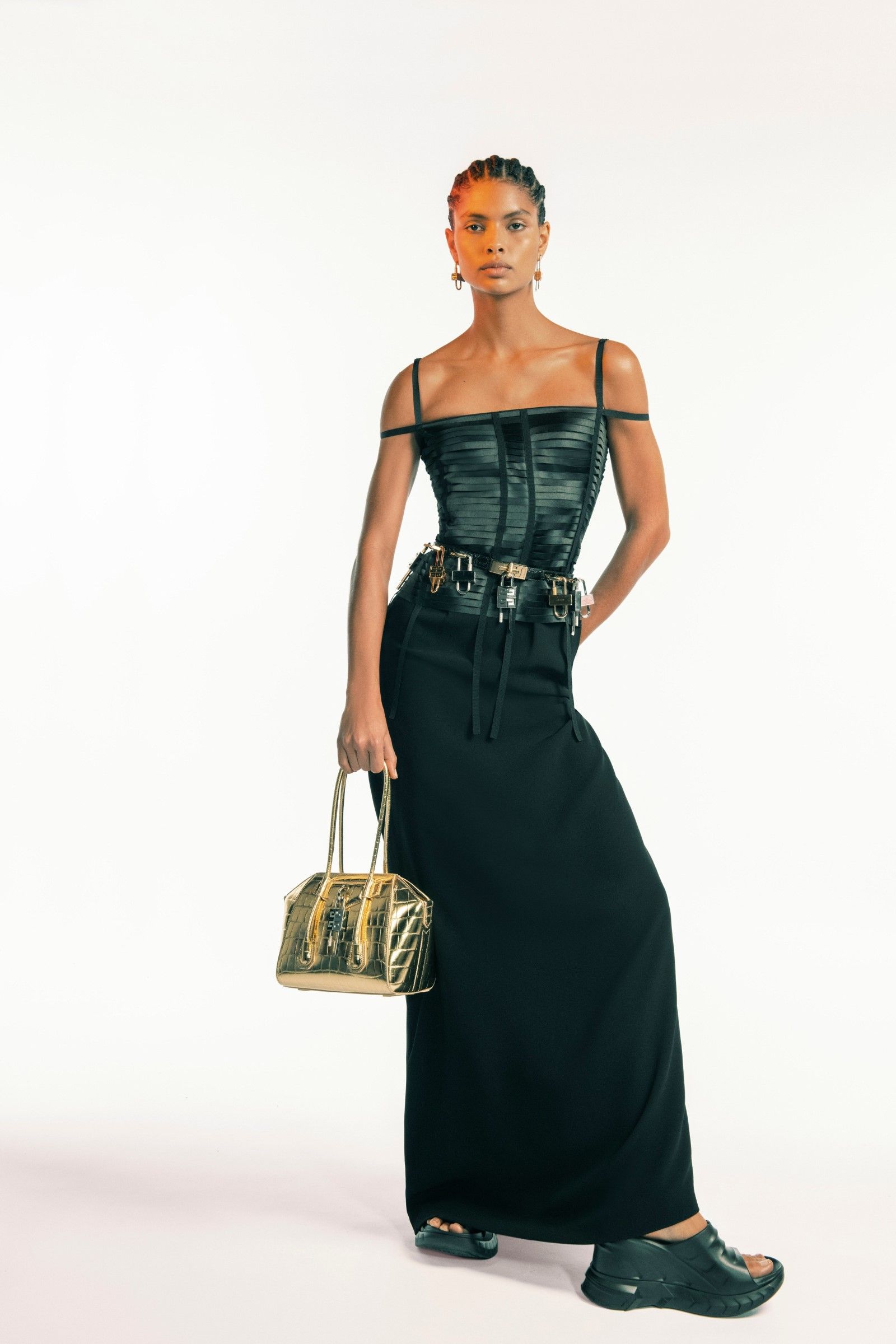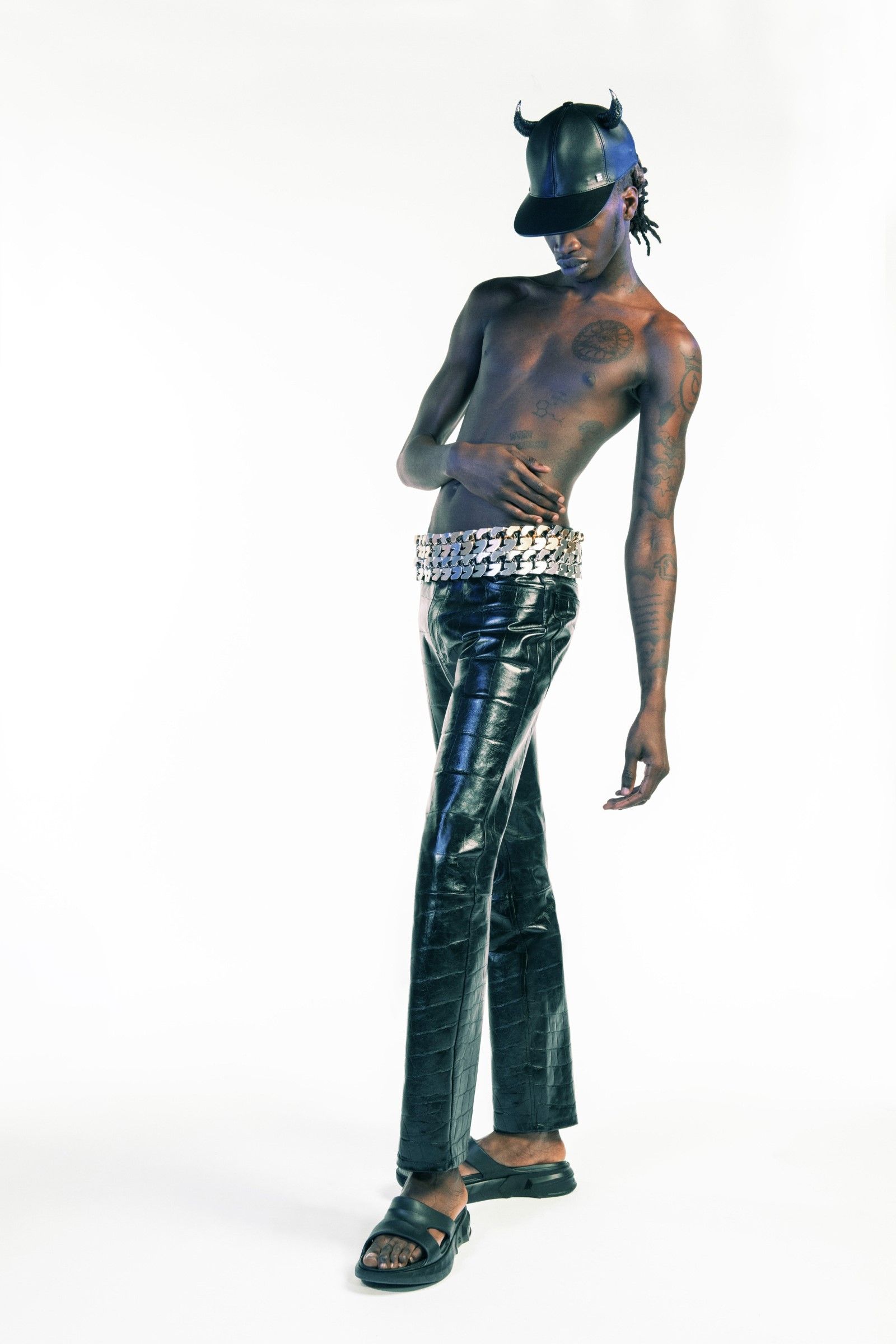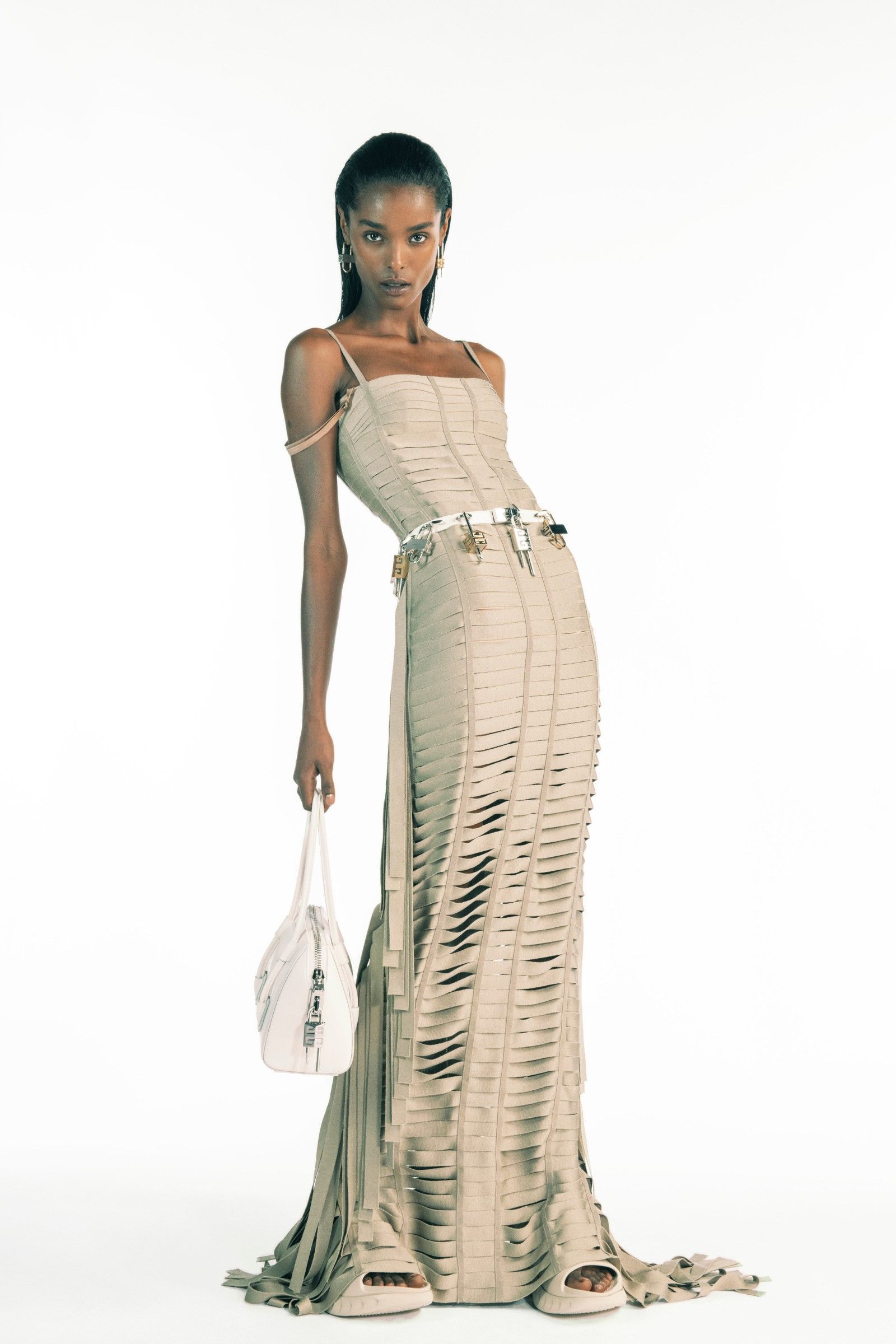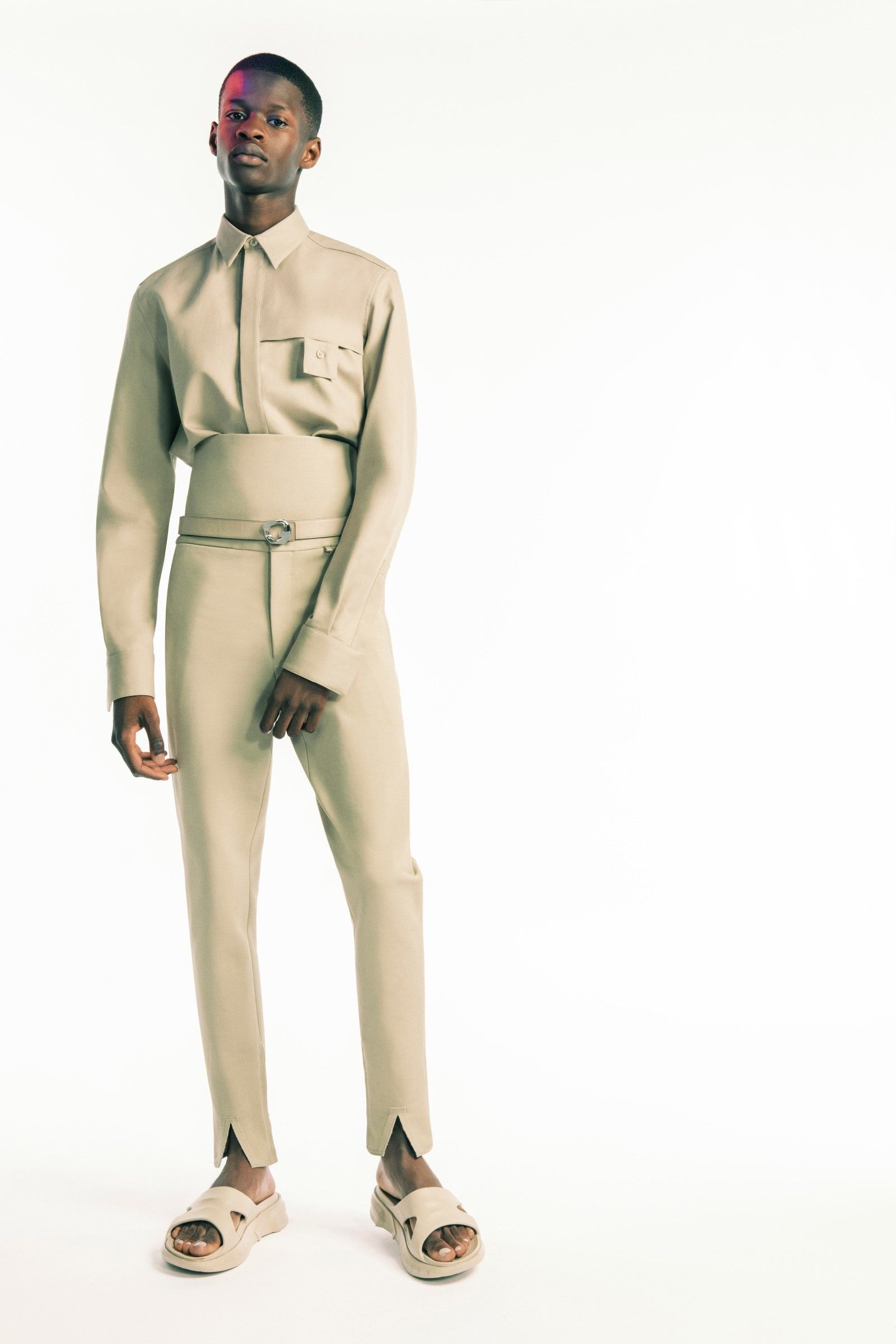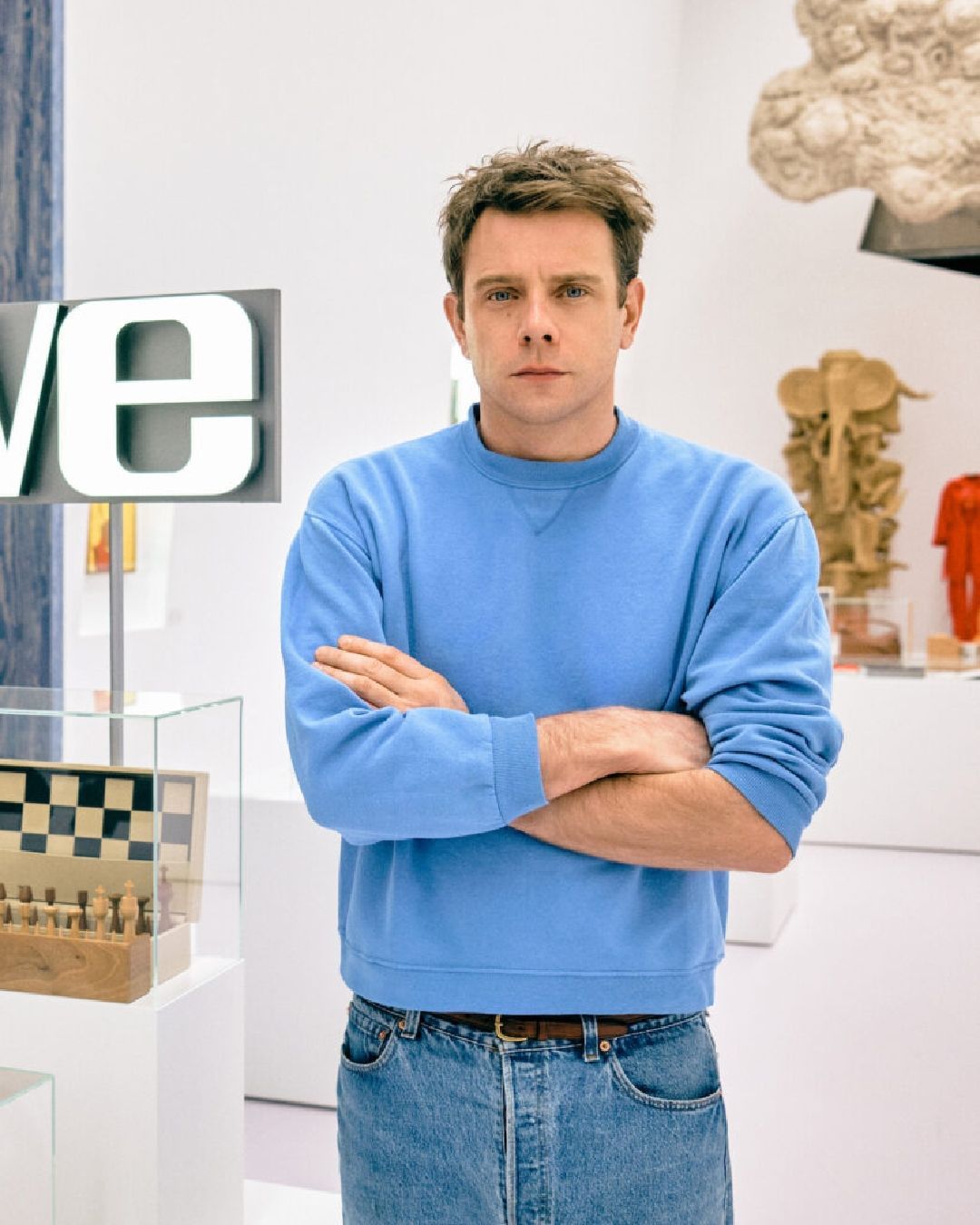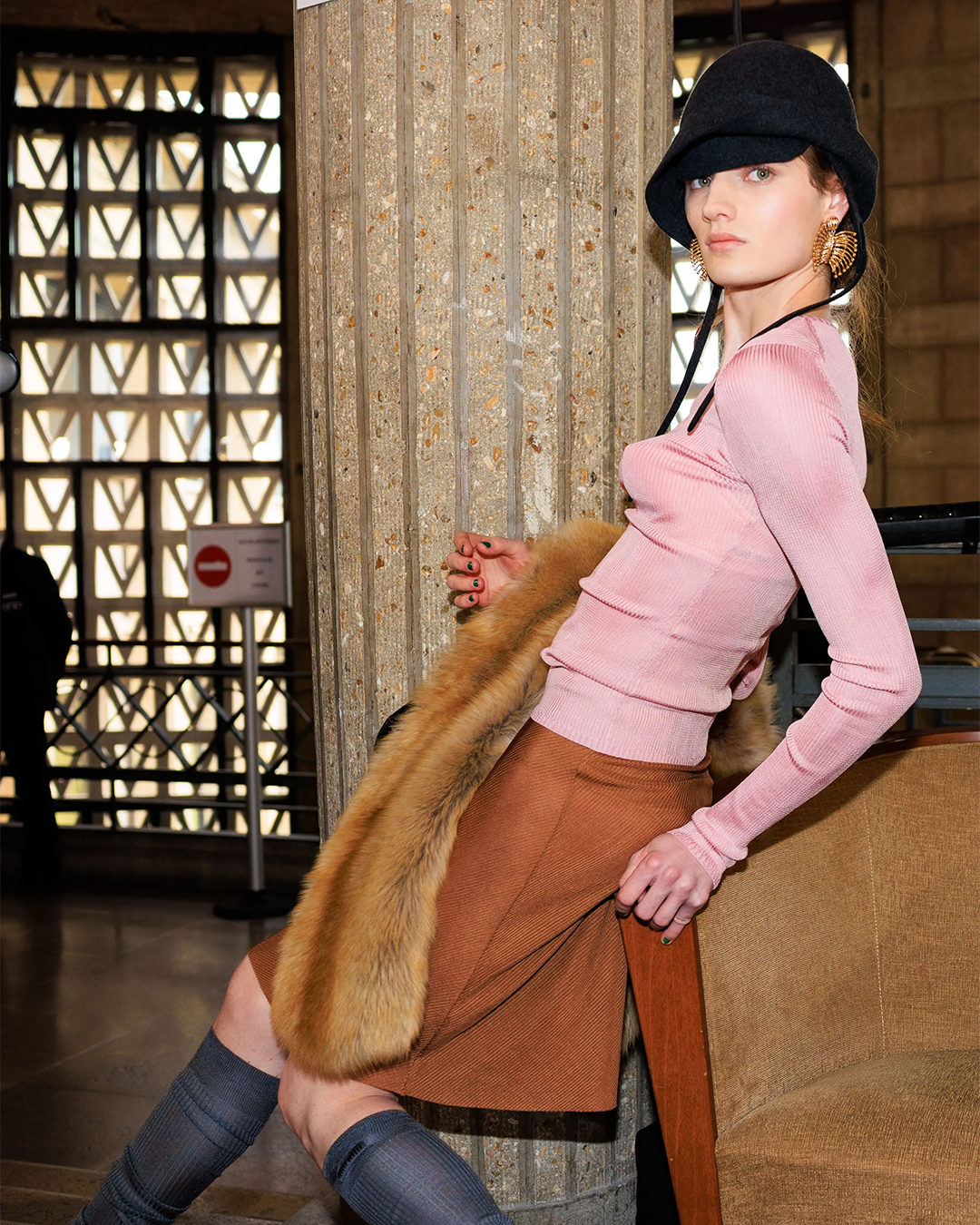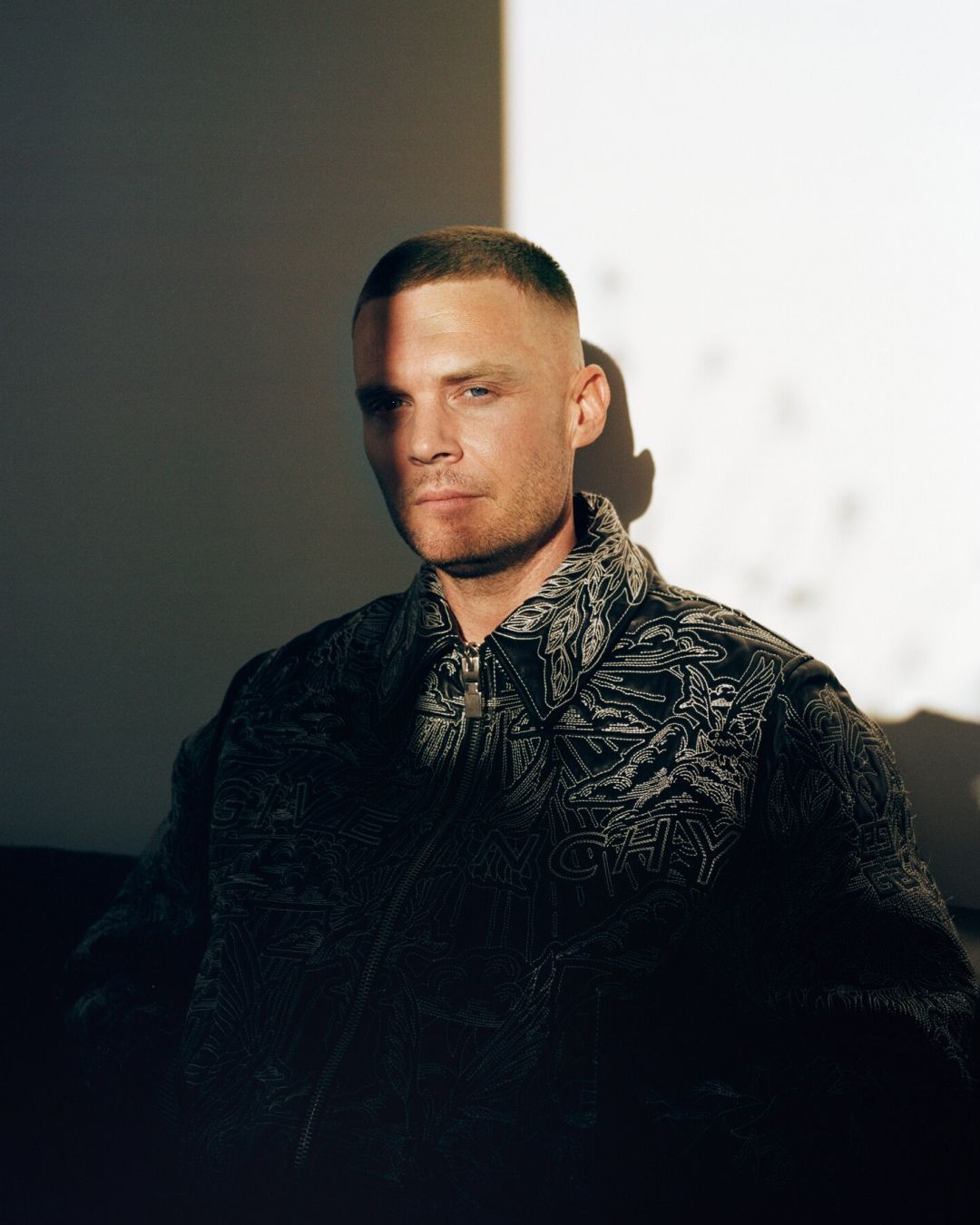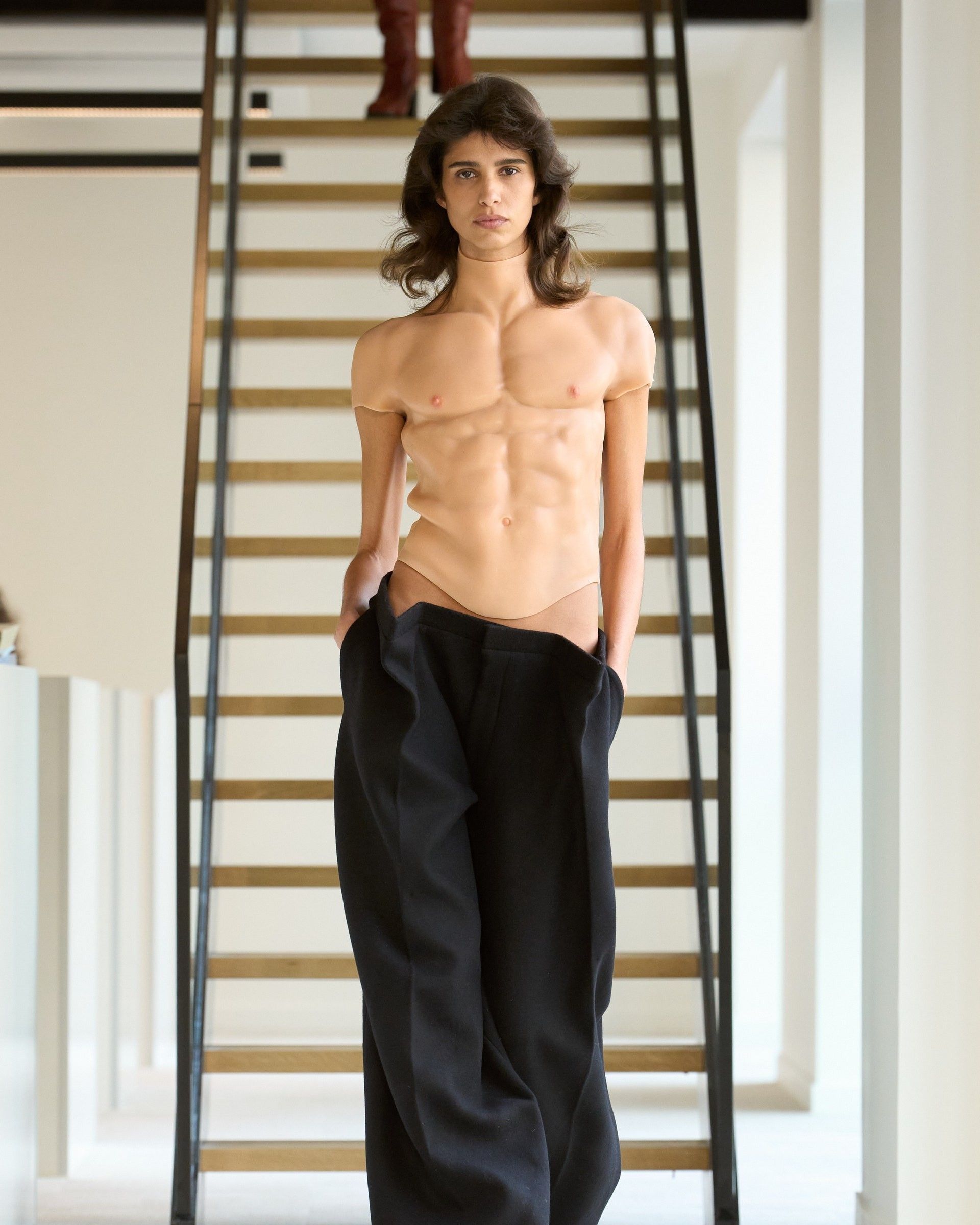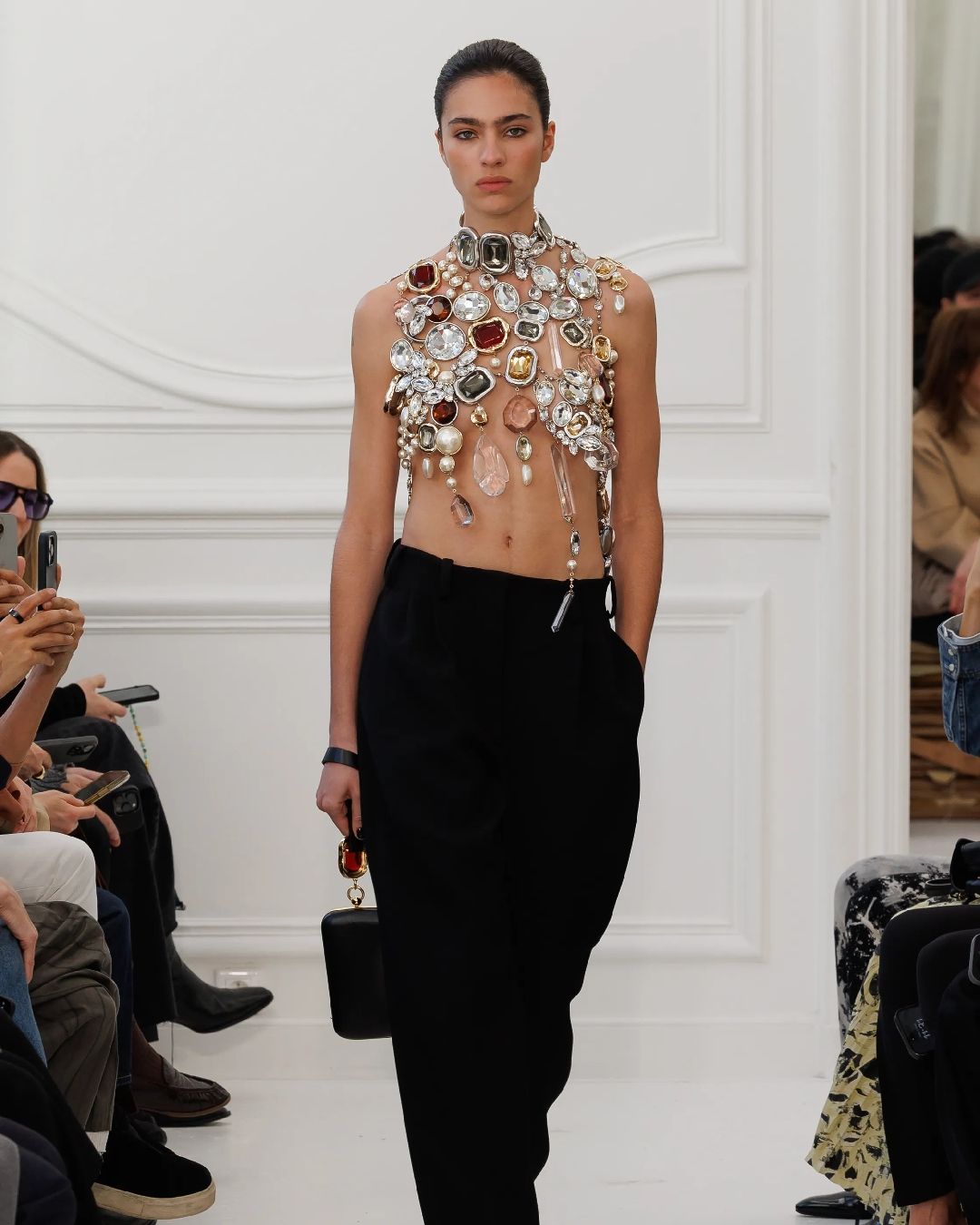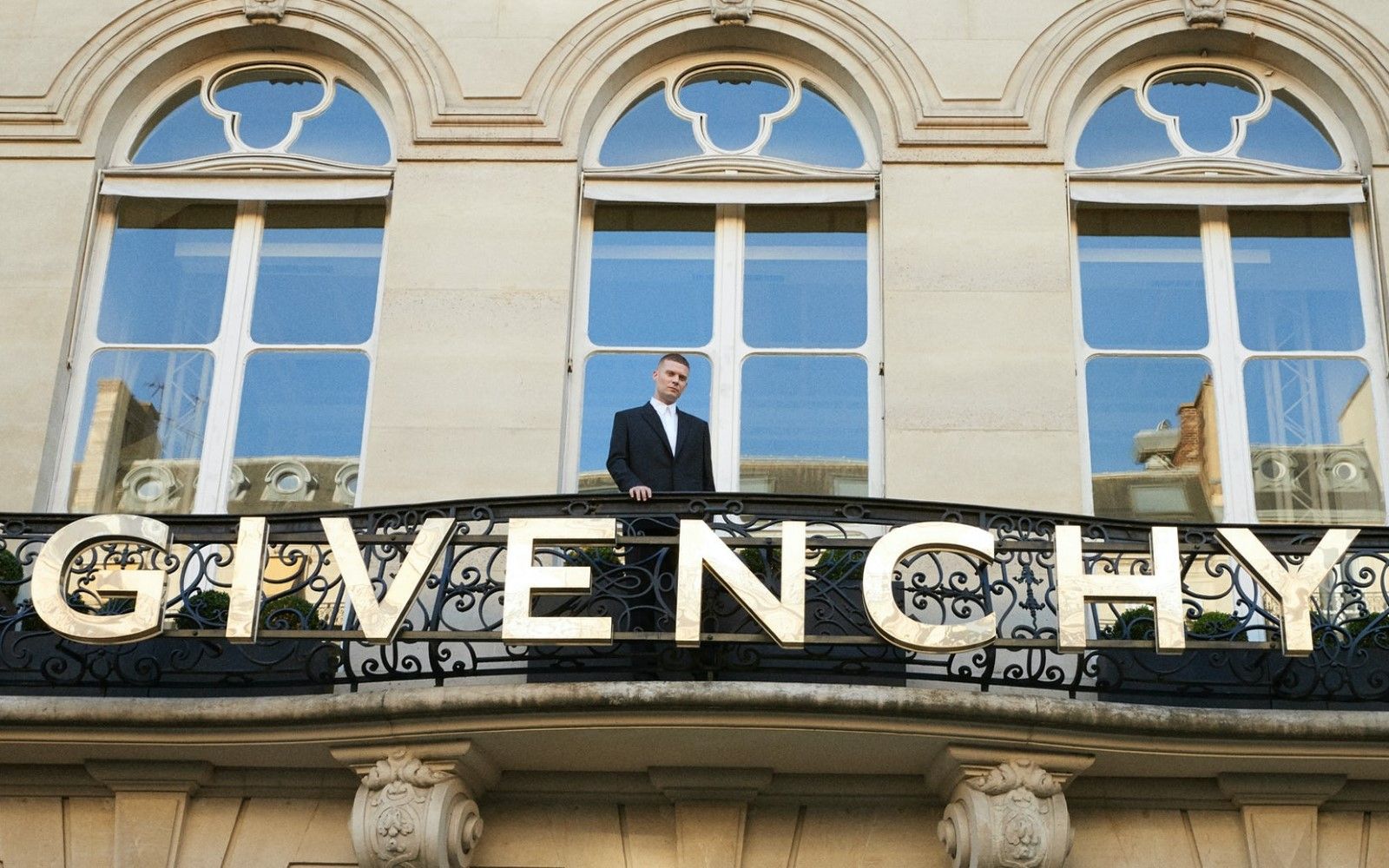
Matthew Williams' debut at Givenchy A new beginning for the French fashion house
Matthew Williams loves metal – an element that had already made the fortune of his first brand, 1019 Alyx 9SM with the famous rollercoaster buckle and that was the fil rouge of his debut collection for Givenchy since Nick Knight's first teaser-campaign shot for the brand. The presentation of the new collection of the fashion house was one of the key events of Paris Fashion Week SS21 and, just ninety days after its entry from Givenchy, Williams gave a sharp turn to the brand's aesthetic – taking it away from the muffled world of Clare Waight Keller and giving it a new edginess that recalls the days of Alexander McQueen's turbulent regency. Givenchy's relaunch plan wanted by the LVMH group served to bring back to the crest of the wave a brand that, although brought back to the top by Riccardo Tisci in his twelve years of creative direction, had plunged into an all too mainstream position within the luxury market falling in recent years into a kind of golden anonymity – a state of inertia to which Williams and Lotta Volkova , for better or worse, they gave a vigorous jolt yesterday.
Between the triumphant enthusiasm of some critics and the negative reaction of certain online communities led by Diet Prada (whose followers appear more interested in Williams' race and sexual orientation than the design work itself), the truth is probably in the middle. It would be to say: Williams' proposal for Givenchy is strong and decisive, infinitely desirable and sellable, but it will still take a bit of a break-in to find a coherent compromise between Williams' languages and those of the fashion house's heritage. That said, Williams' winning move was to ditch the more commercial logomania and entrust the metal hardware with the identity of the brand. The padlock was the visual theme of the collection, broken down and reworked in a large number of jewels and accessories – on all the heavy necklaces and belts that will certainly be one of the brand's new signatures and on the various buckles and appliques present on bags, hoodies and jackets. Another source for Williams was the vaguely occultistic imagery of the horns, both turned into heels and present on leather hats – avowed reference to the late McQueen that could expand in very interesting directions in future collections.
Amid strong proposals in the field of leather goods in all its variations, tailoring (the tonal cummerbund transformed into an almost solid element of some of the masculine looks is a discreet and noteworthy detail) and footwear, some reservations remain. The more feminine side of the collection, and specifically the long trapezoidal dresses decorated with chains and the completely transparent skirts topped with a boxy-looking leather cape, looks a bit chaotic – Givenchy's very French elegance has been somewhat lost in translation in this category. There is also a vaguely derivative element from Balenciaga: the jackets held together by a band that passes on the chest closely resemble those designed by Nicolas Ghesquiere in Balenciaga's SS12 collection, as well as the exaggeration of certain shoulders and monochromatic looks evoke the mood of Demna Gvasalia – an analogy, the one with Gvasalia, of which perhaps the styling of Lotta Volkova, otherwise perfectly executed, is responsible.
From a general point of view, however, Matthew Williams' debut collection at Givenchy remains one of the best and most exciting of this Paris Fashion Week thanks to what is perhaps the main dowry of the American designer, that is to know how to focus on the product rather than the general mood, producing desirable items, on which the personality and personal touch of the designer are felt.









































